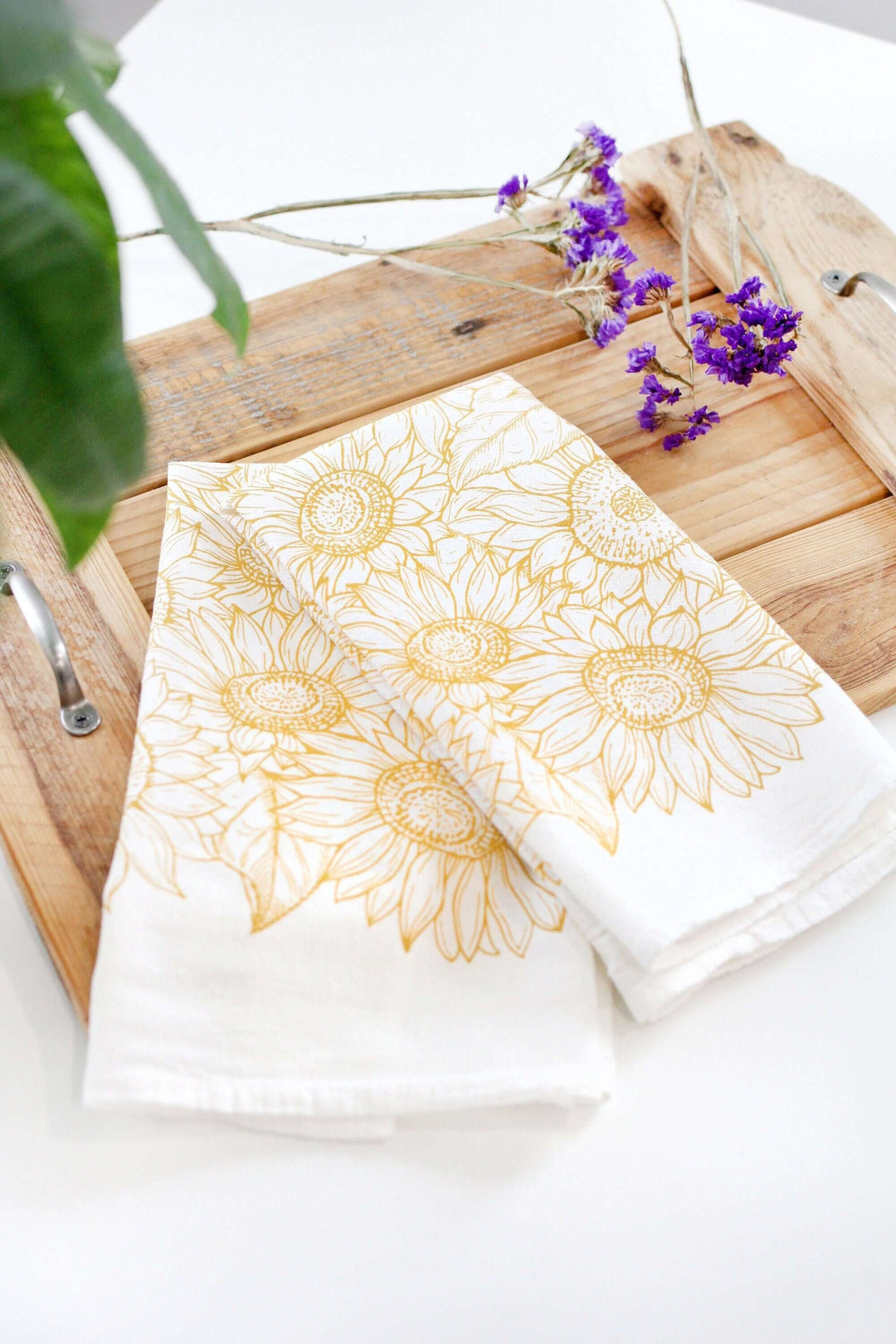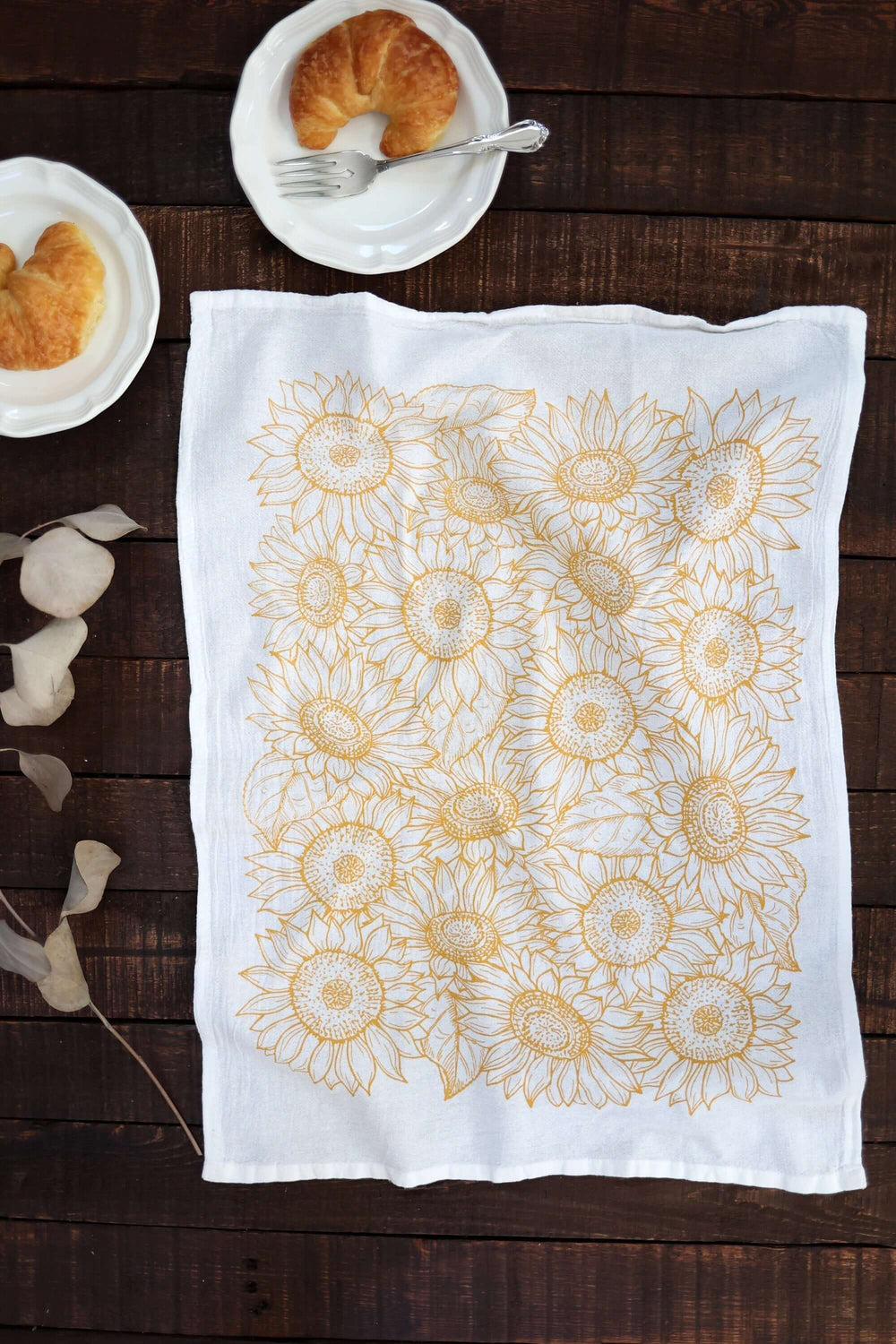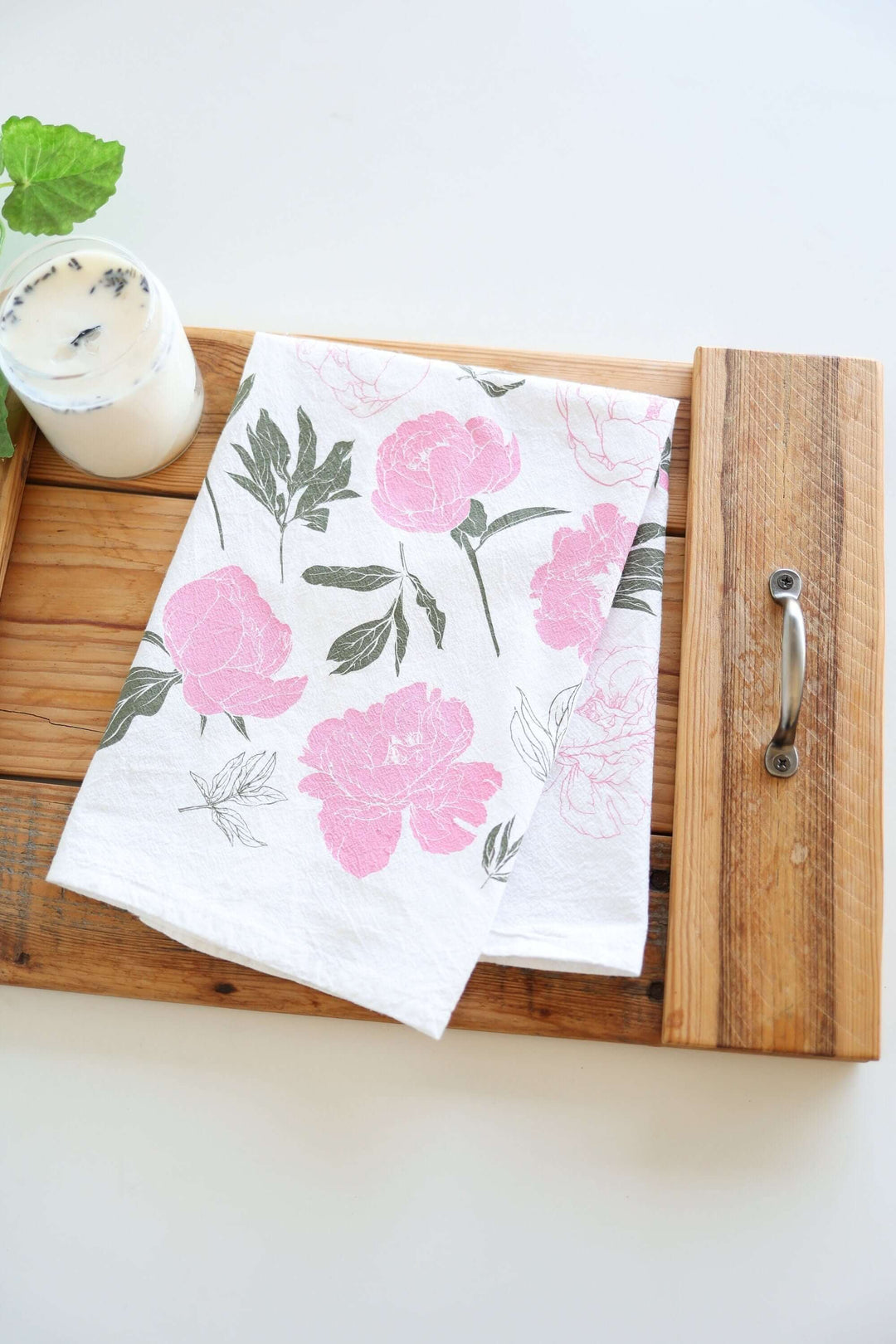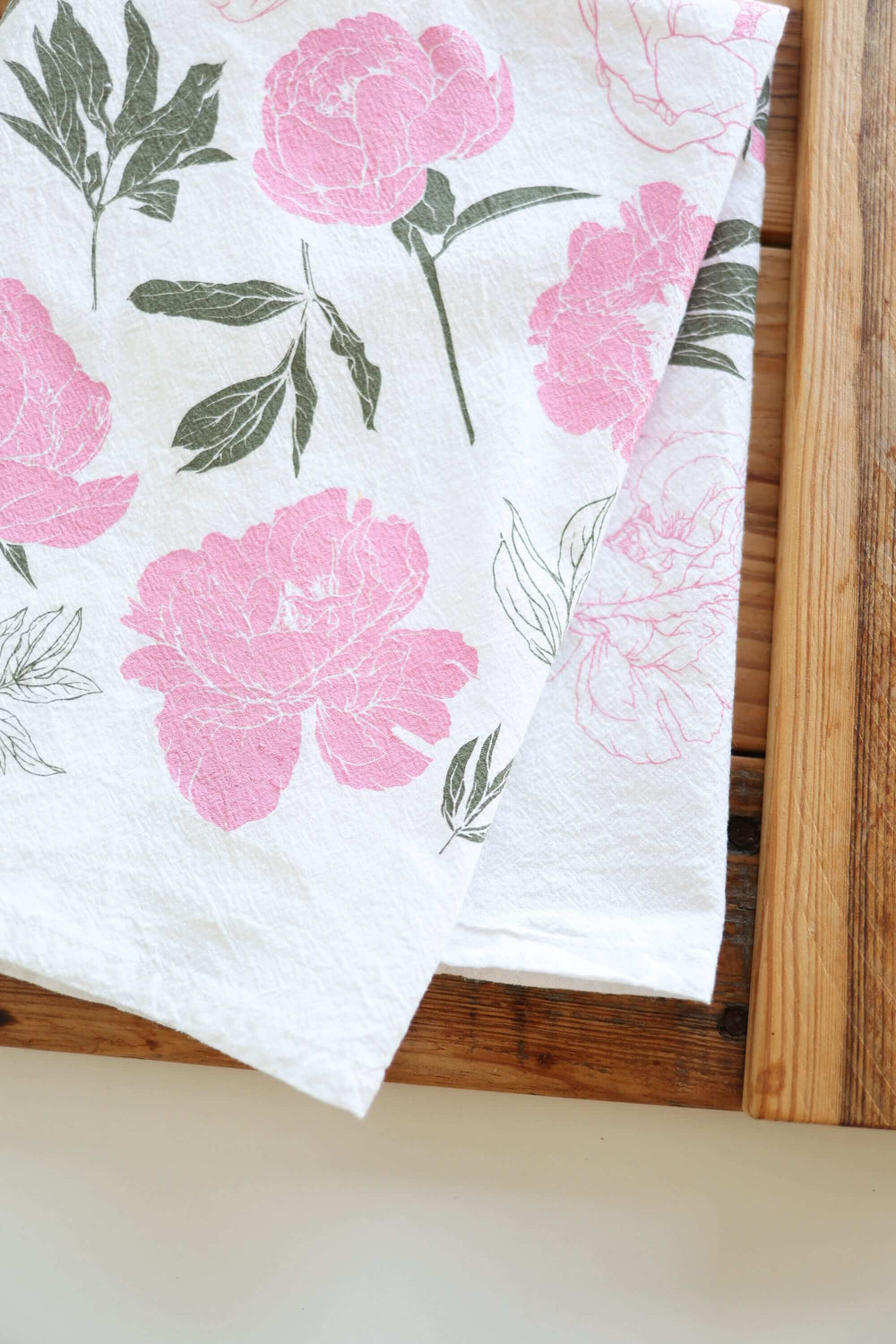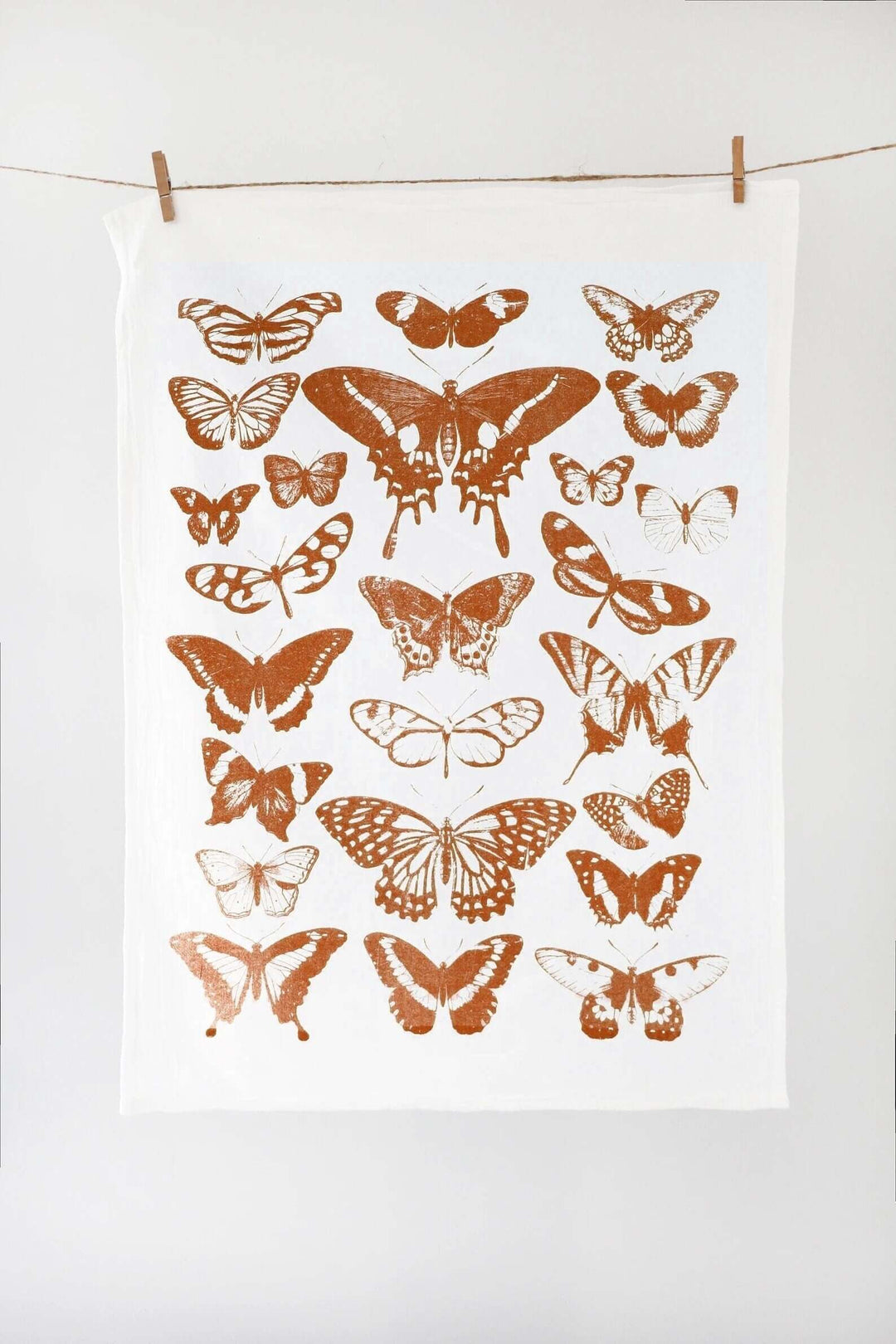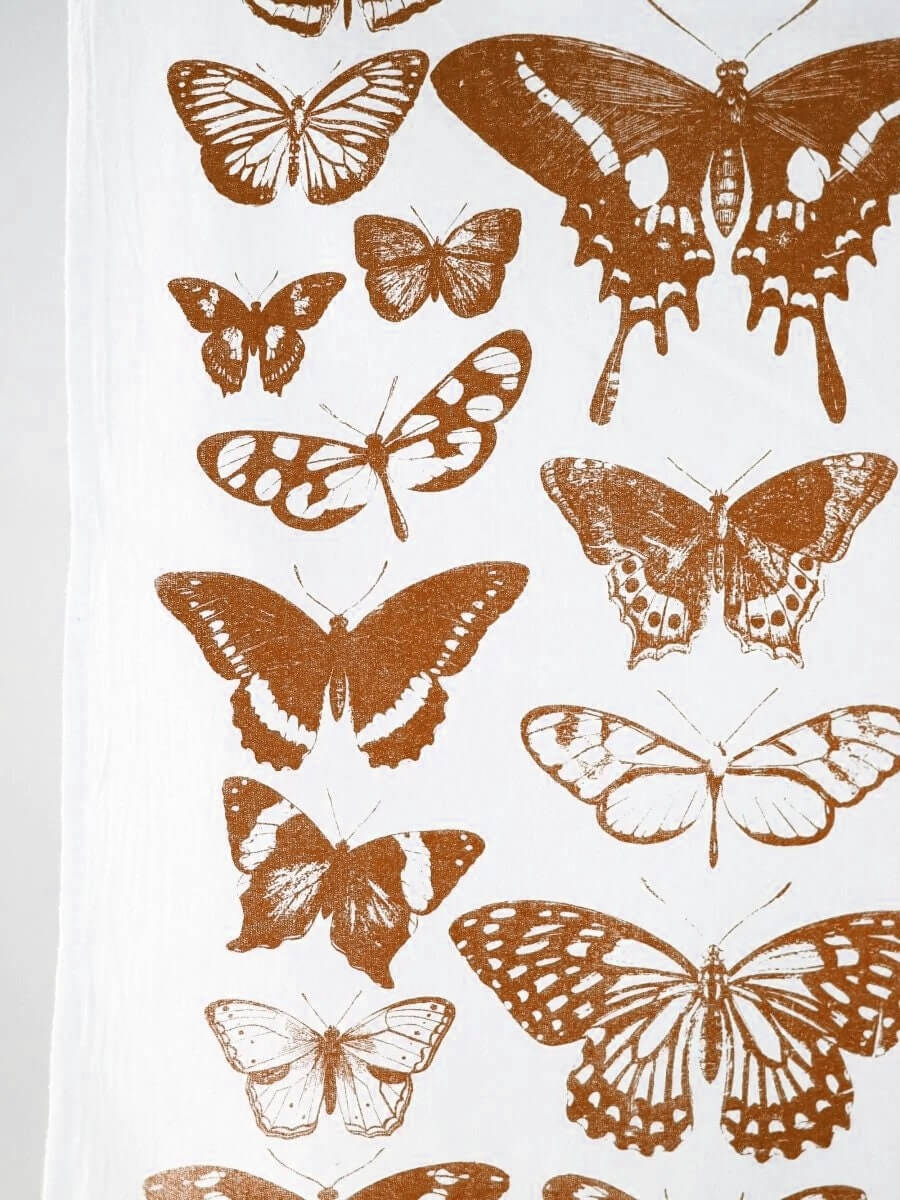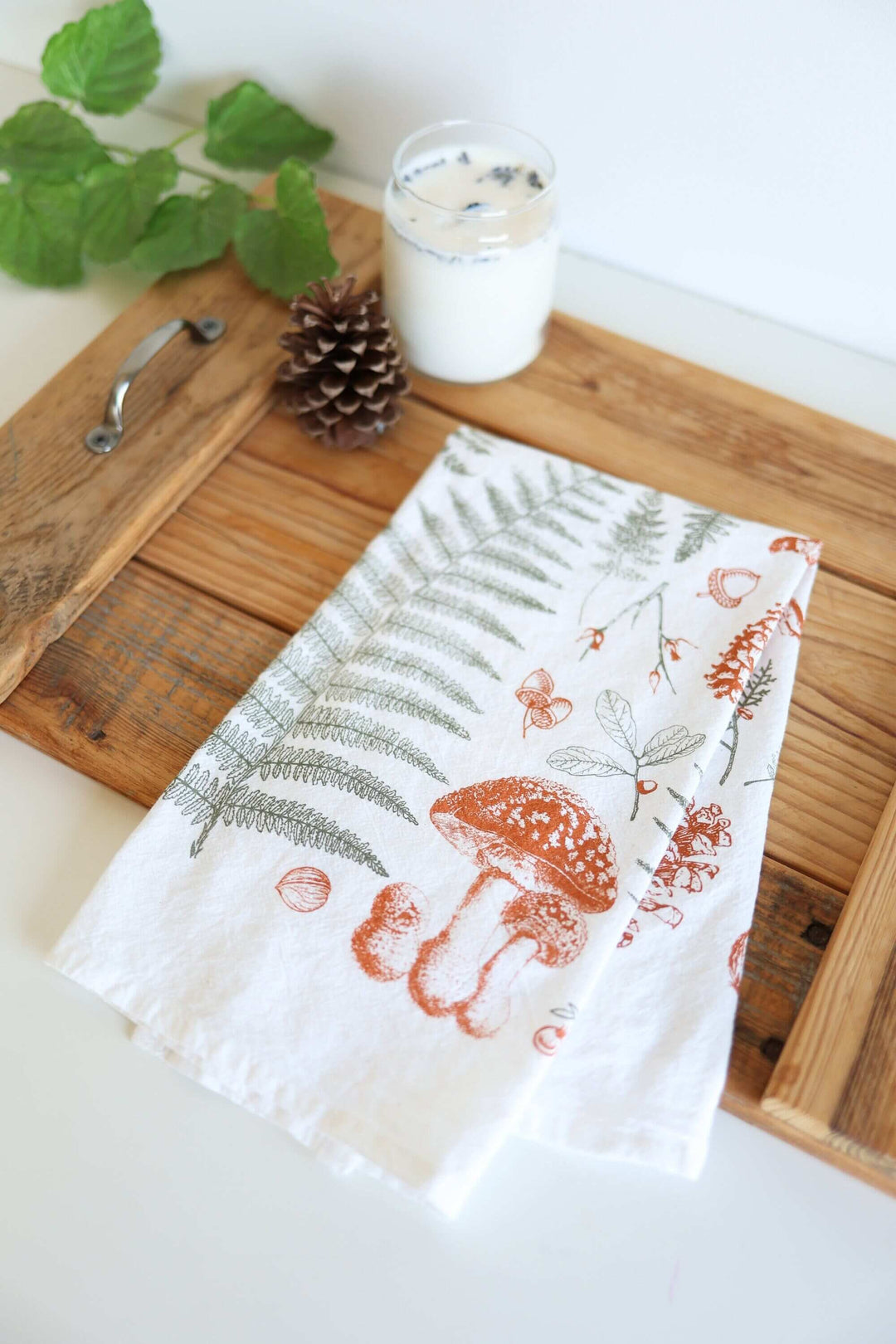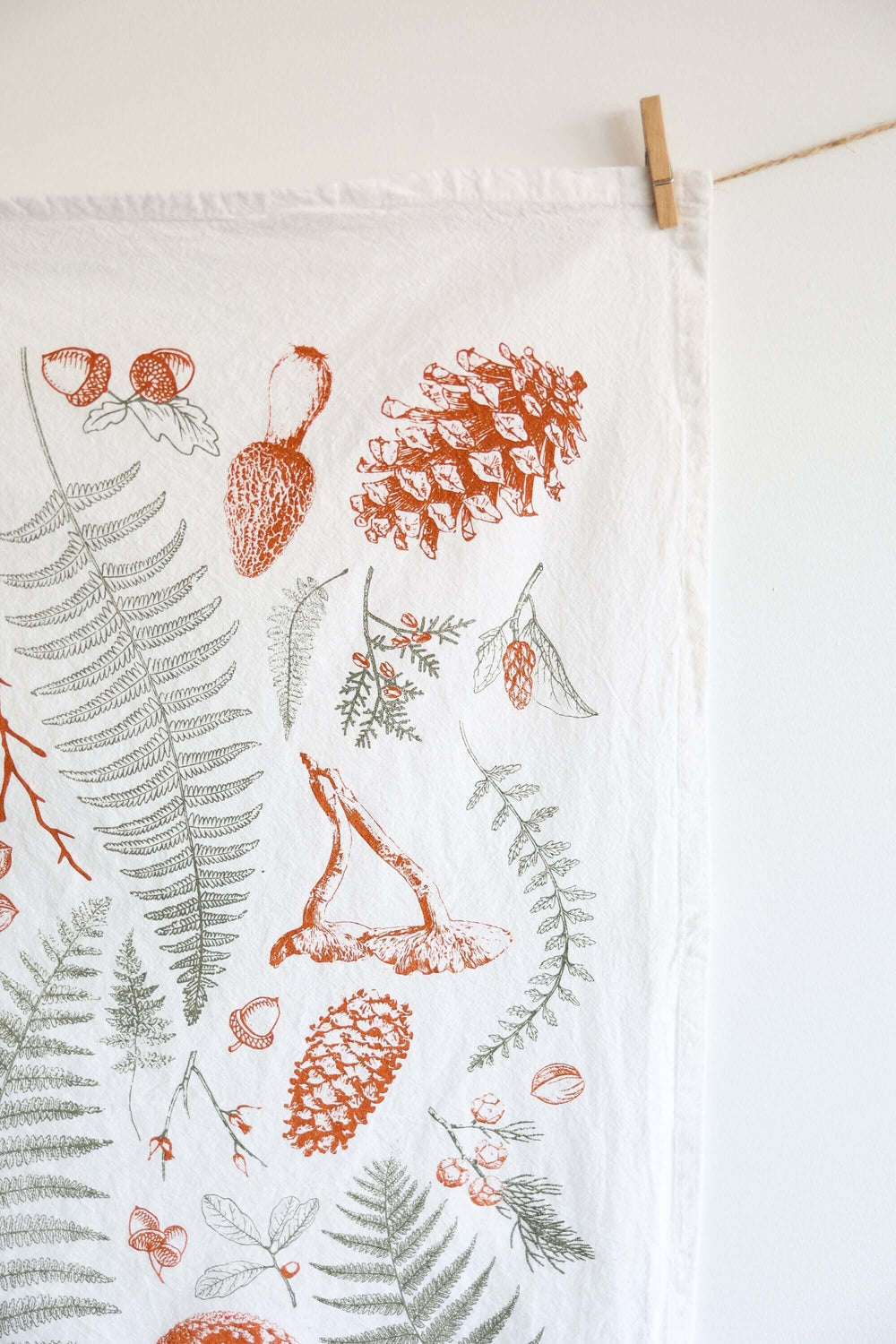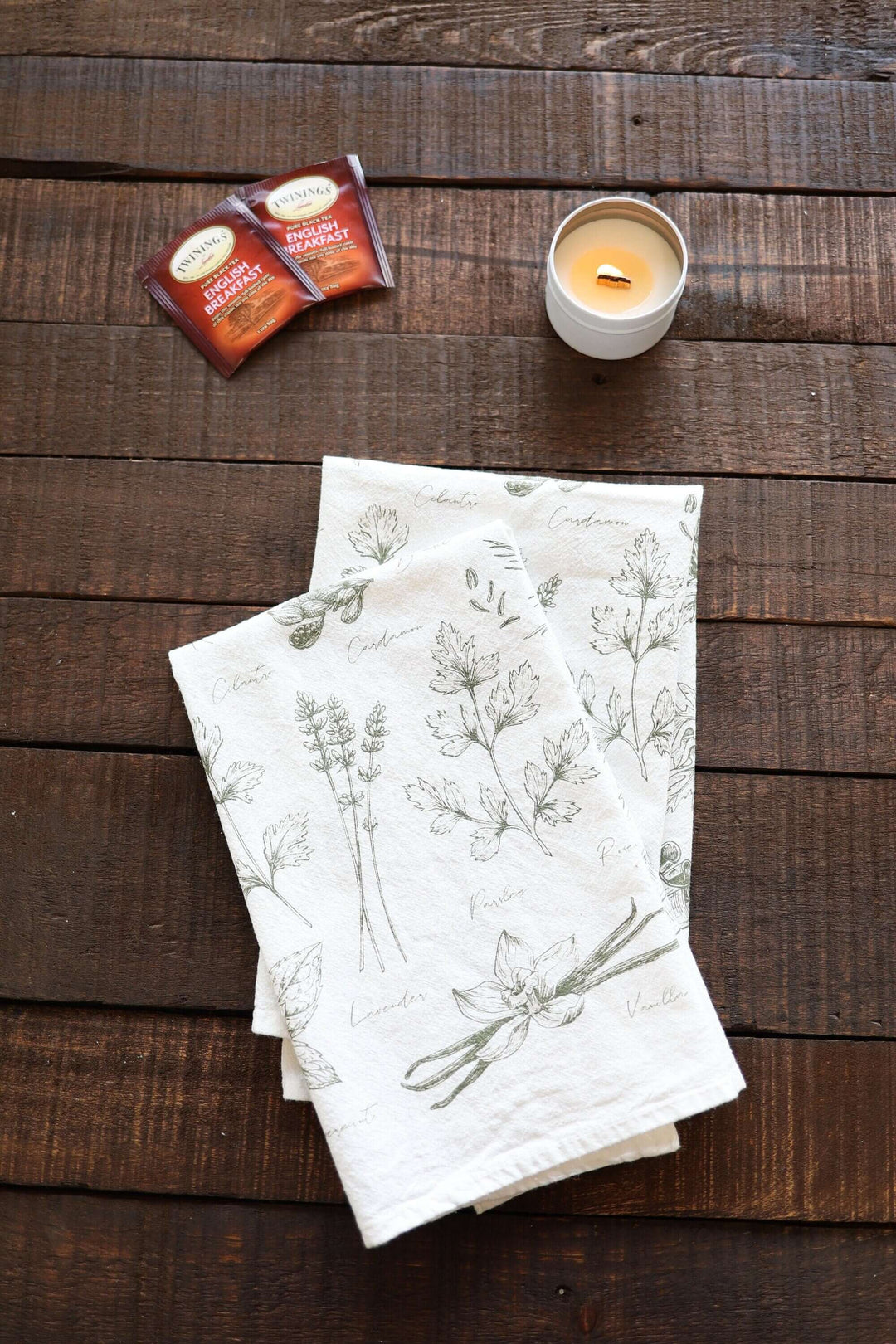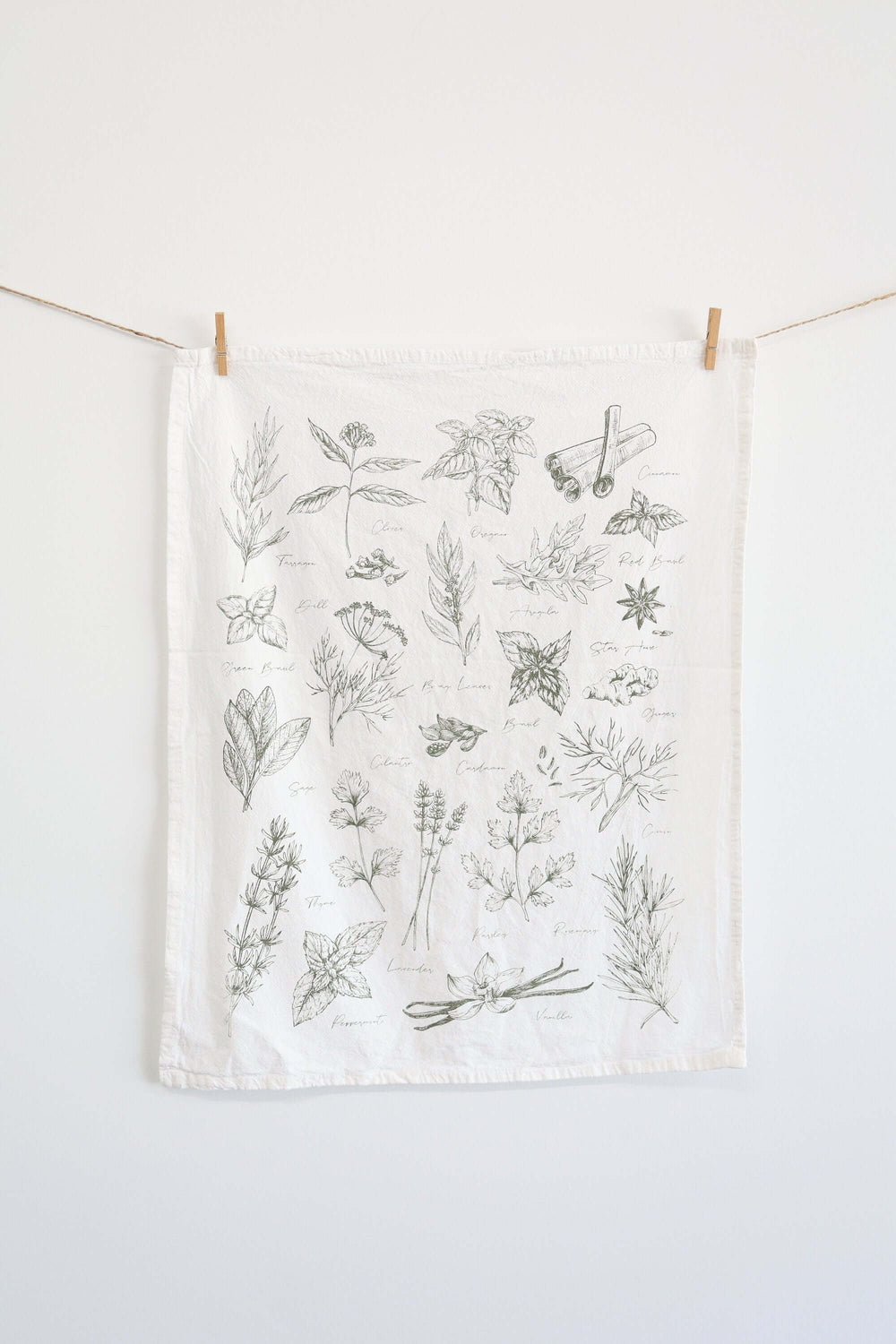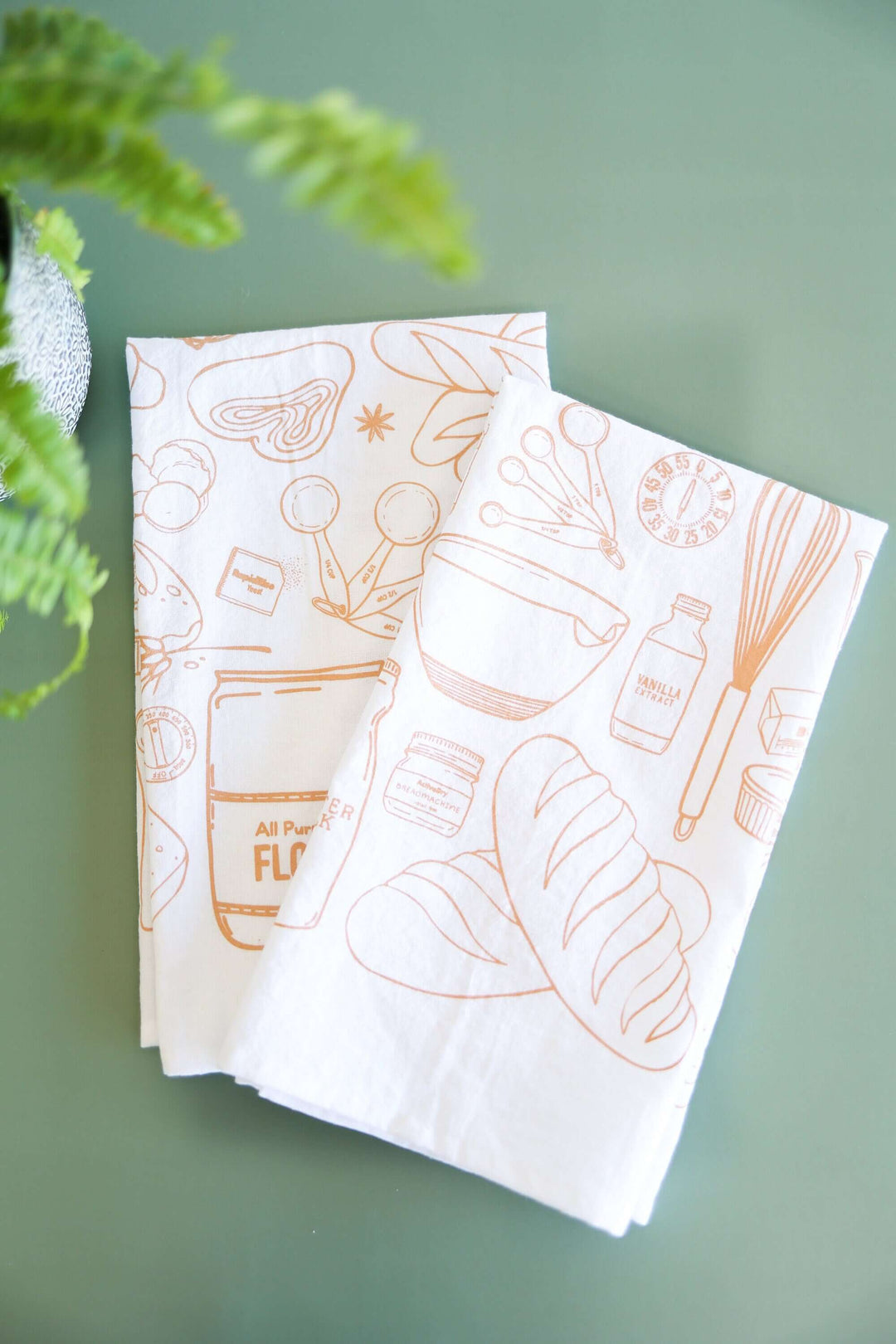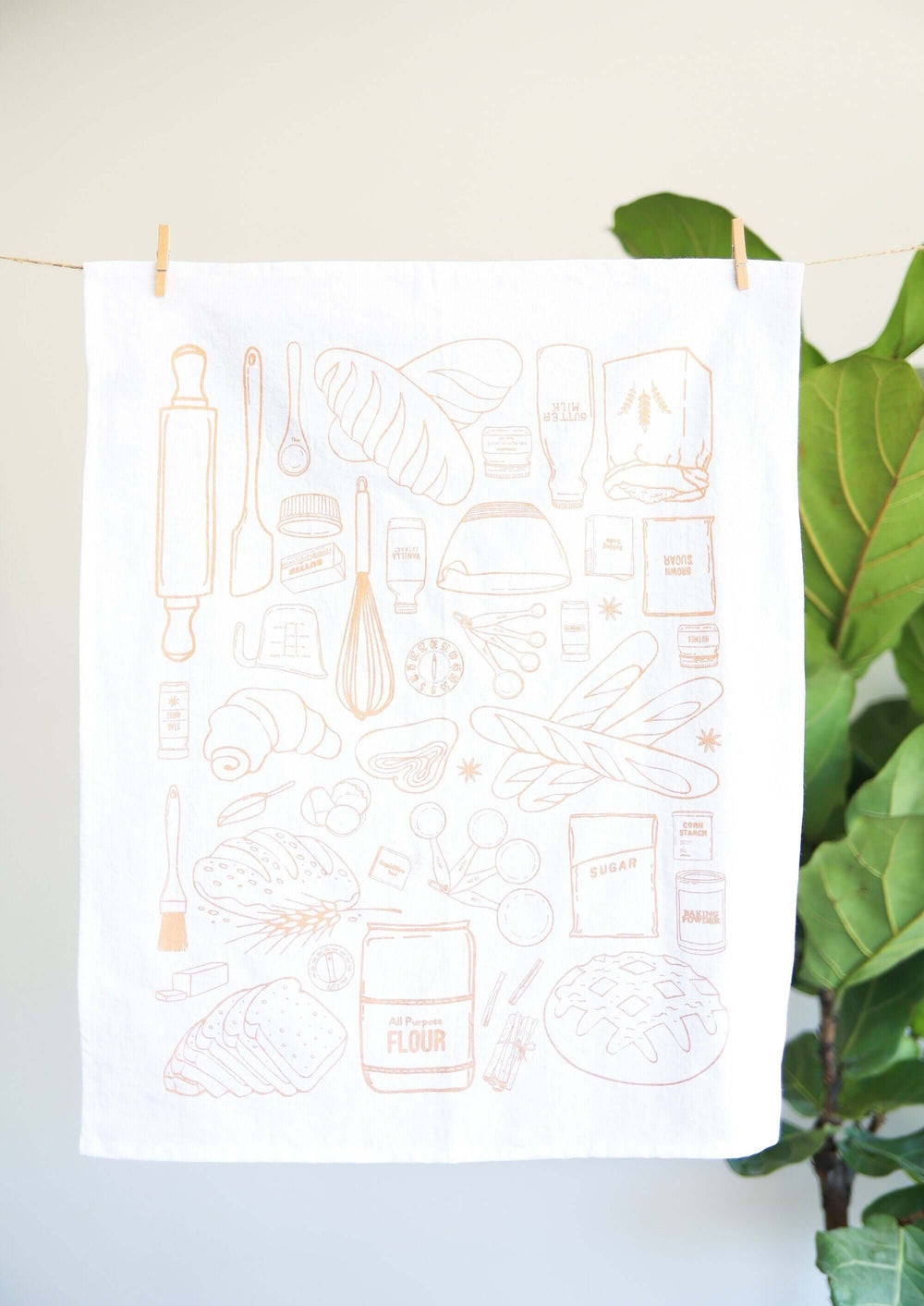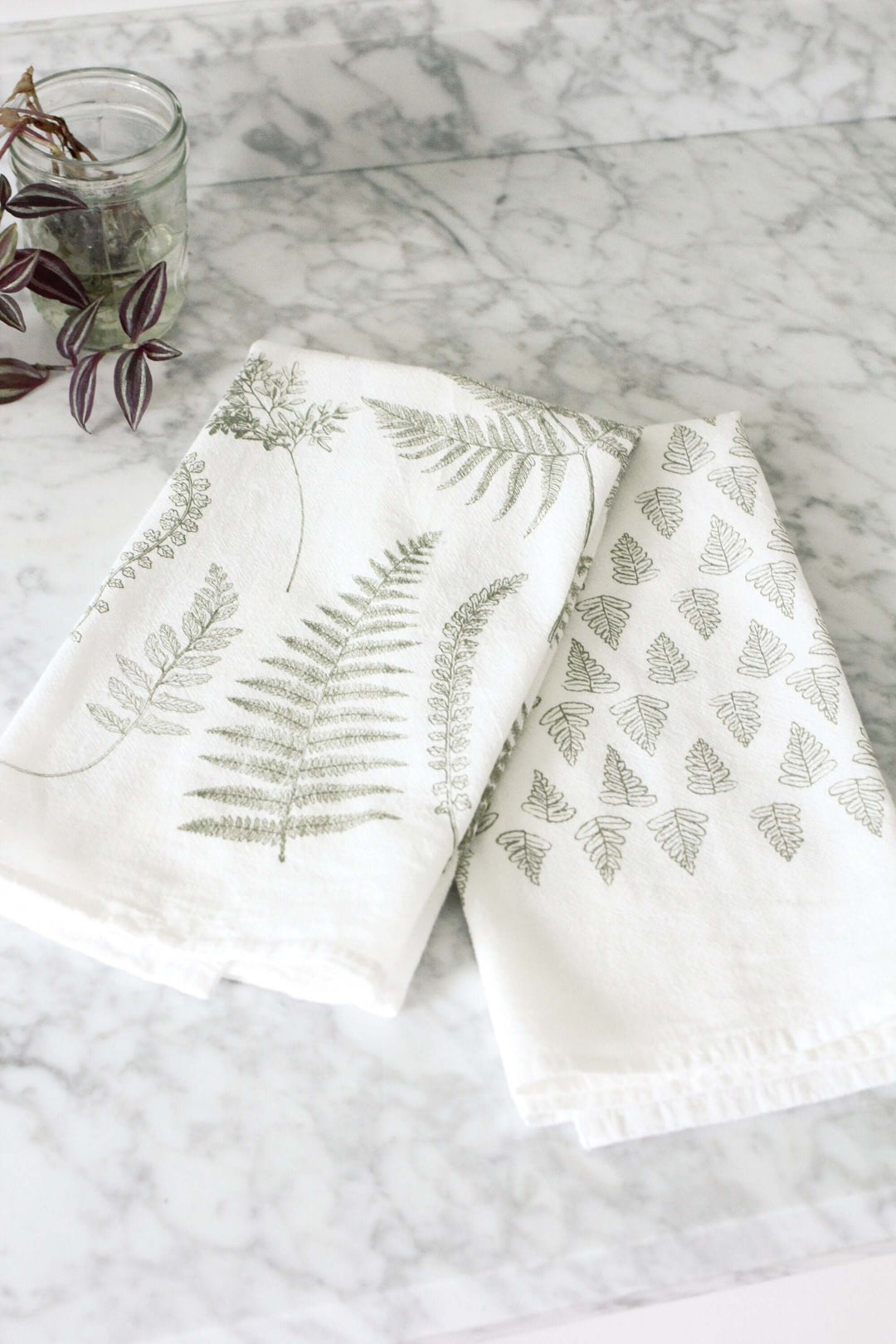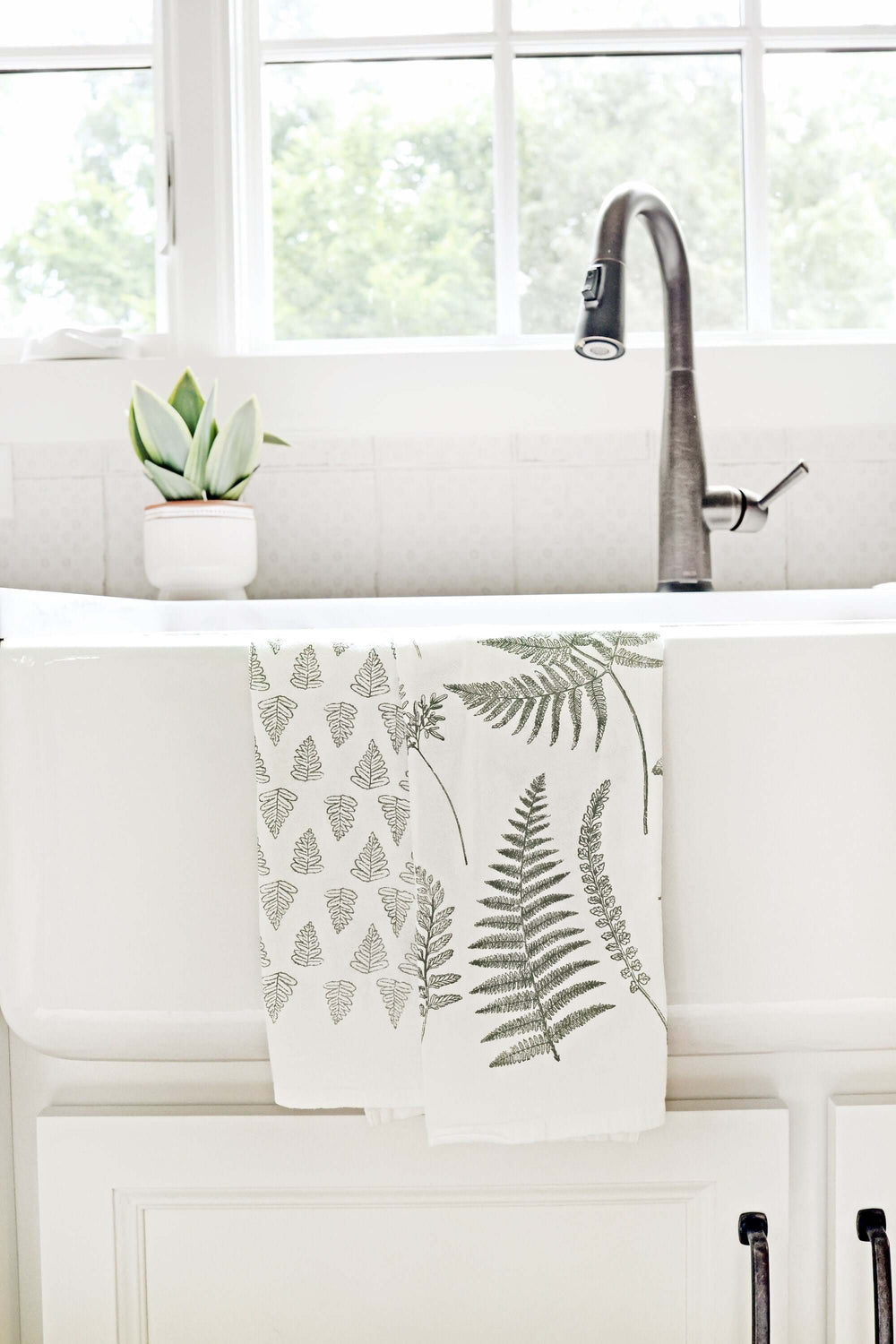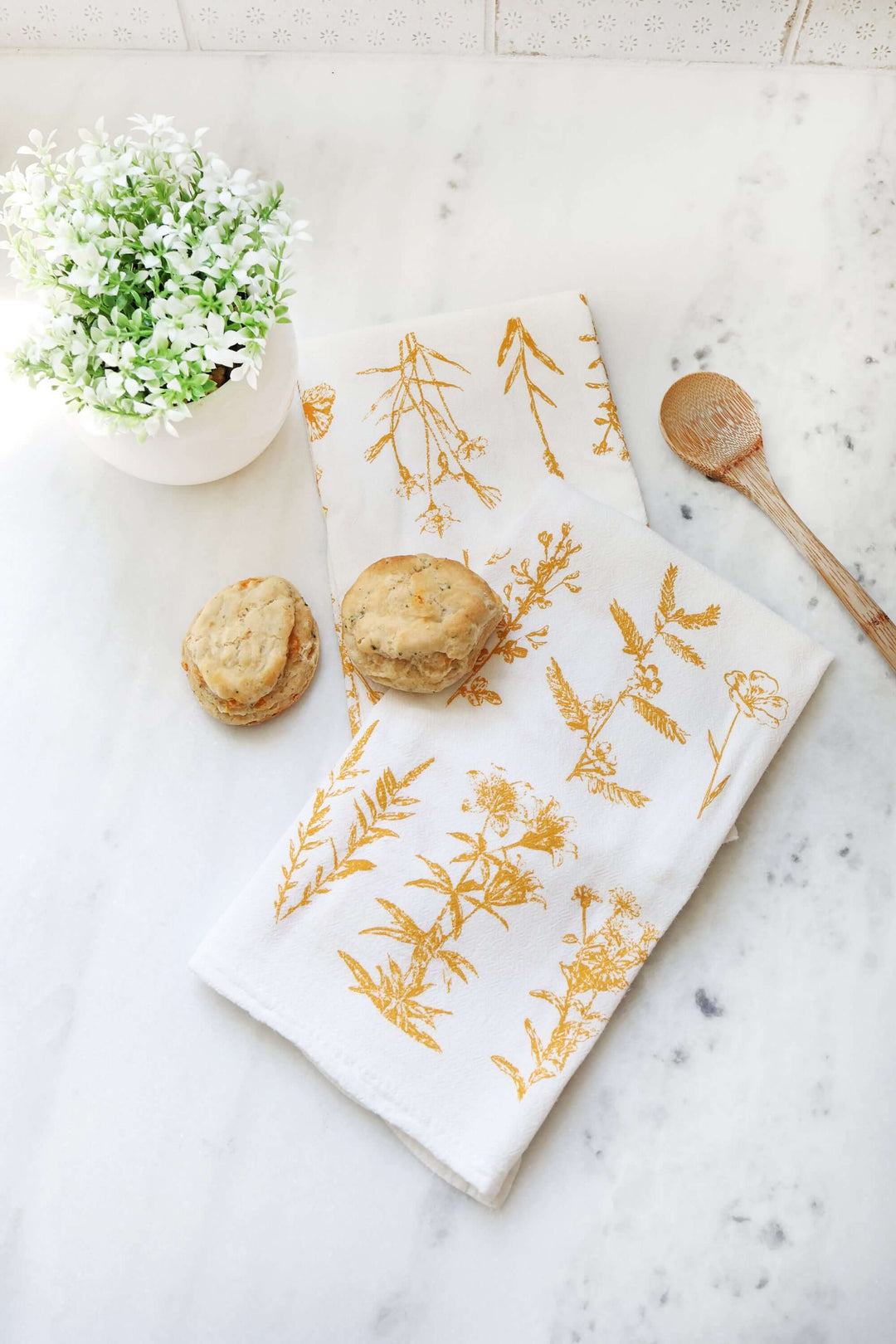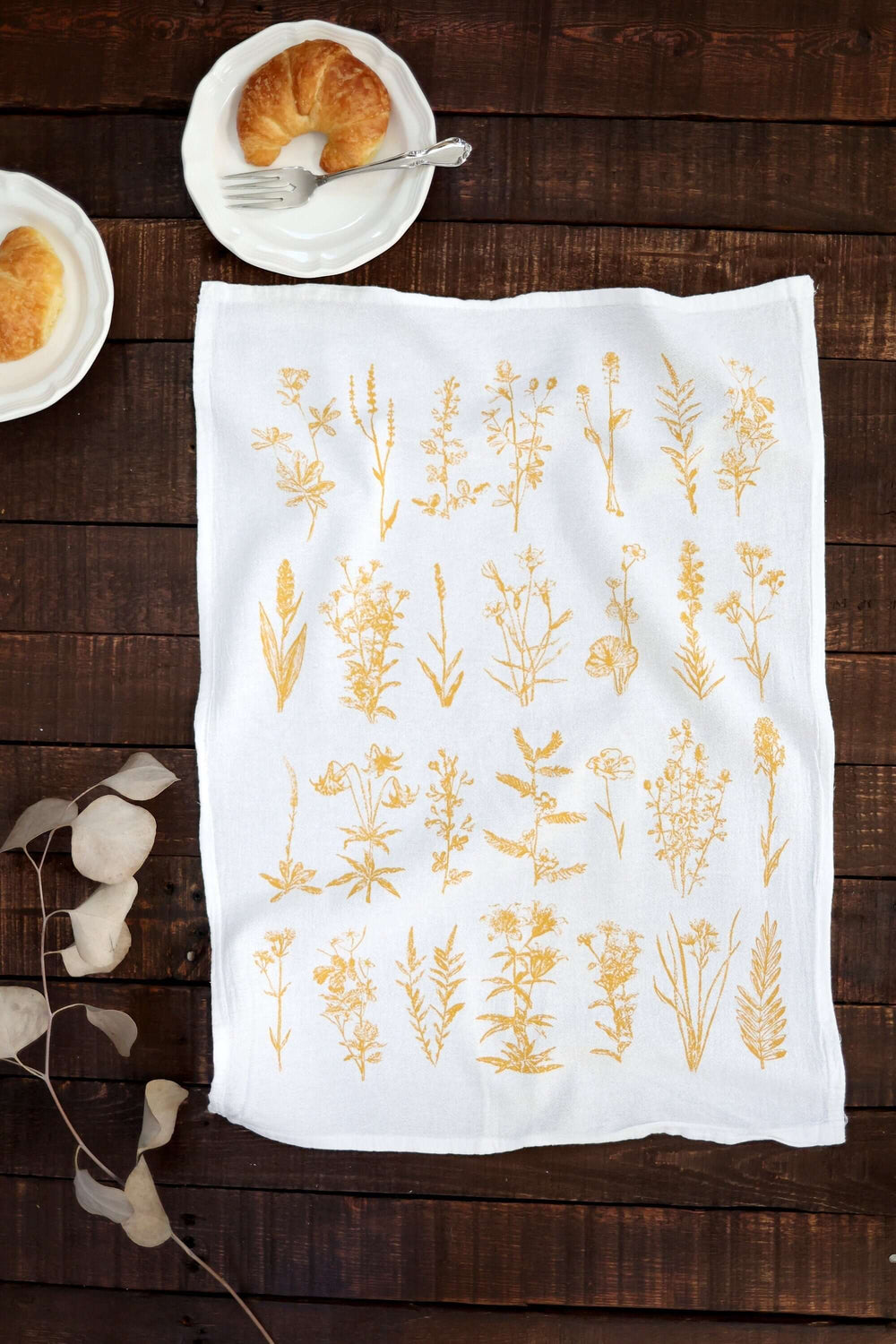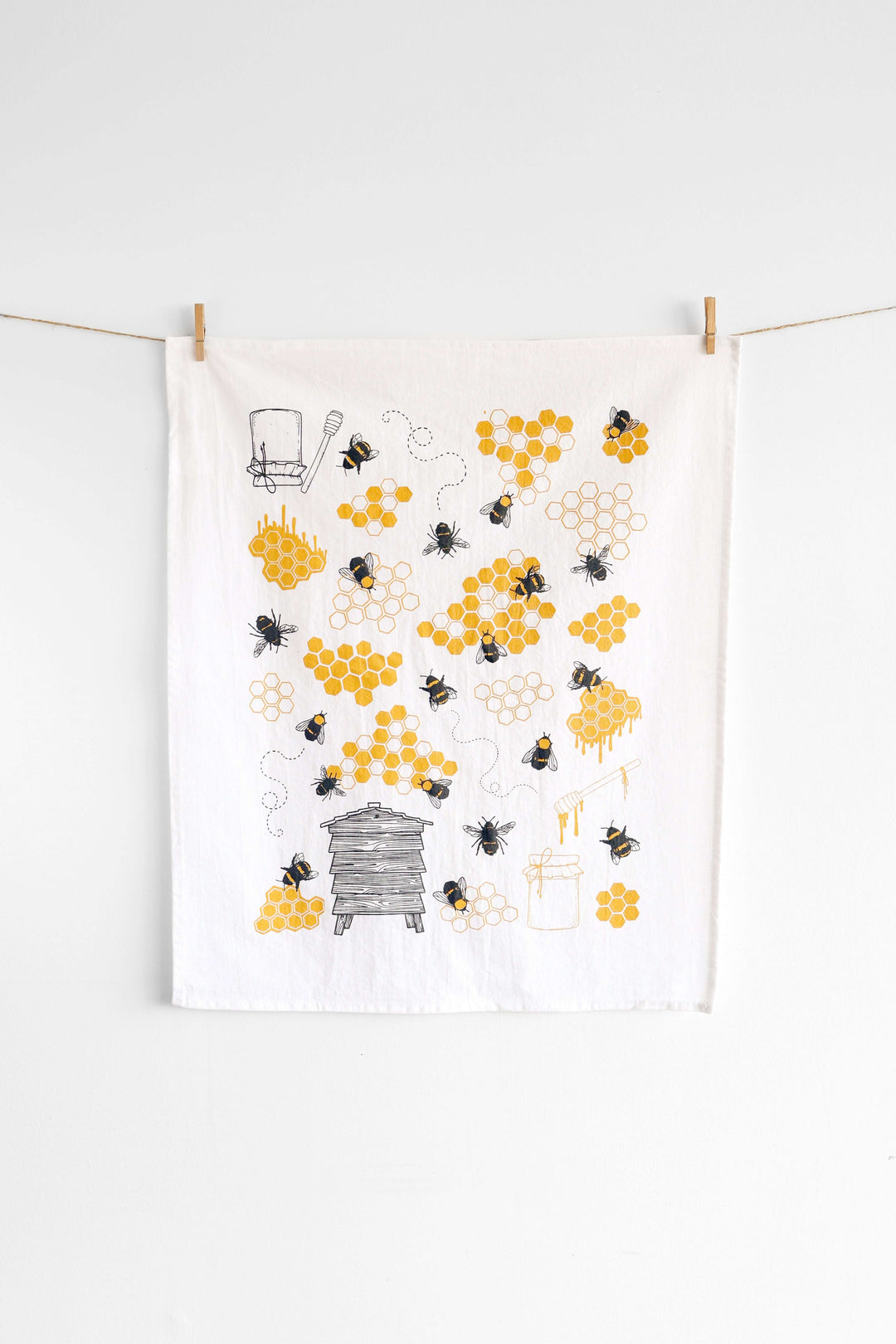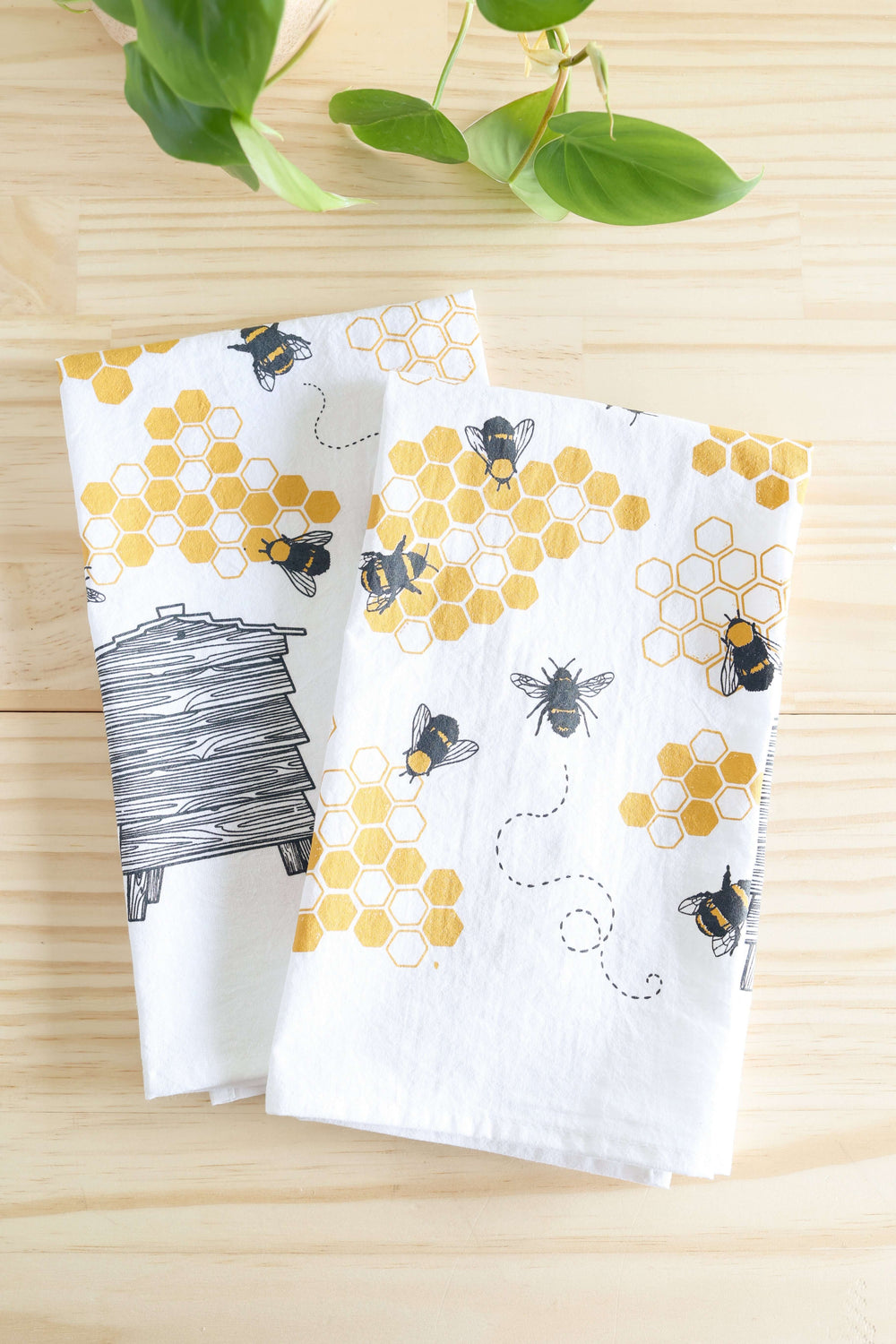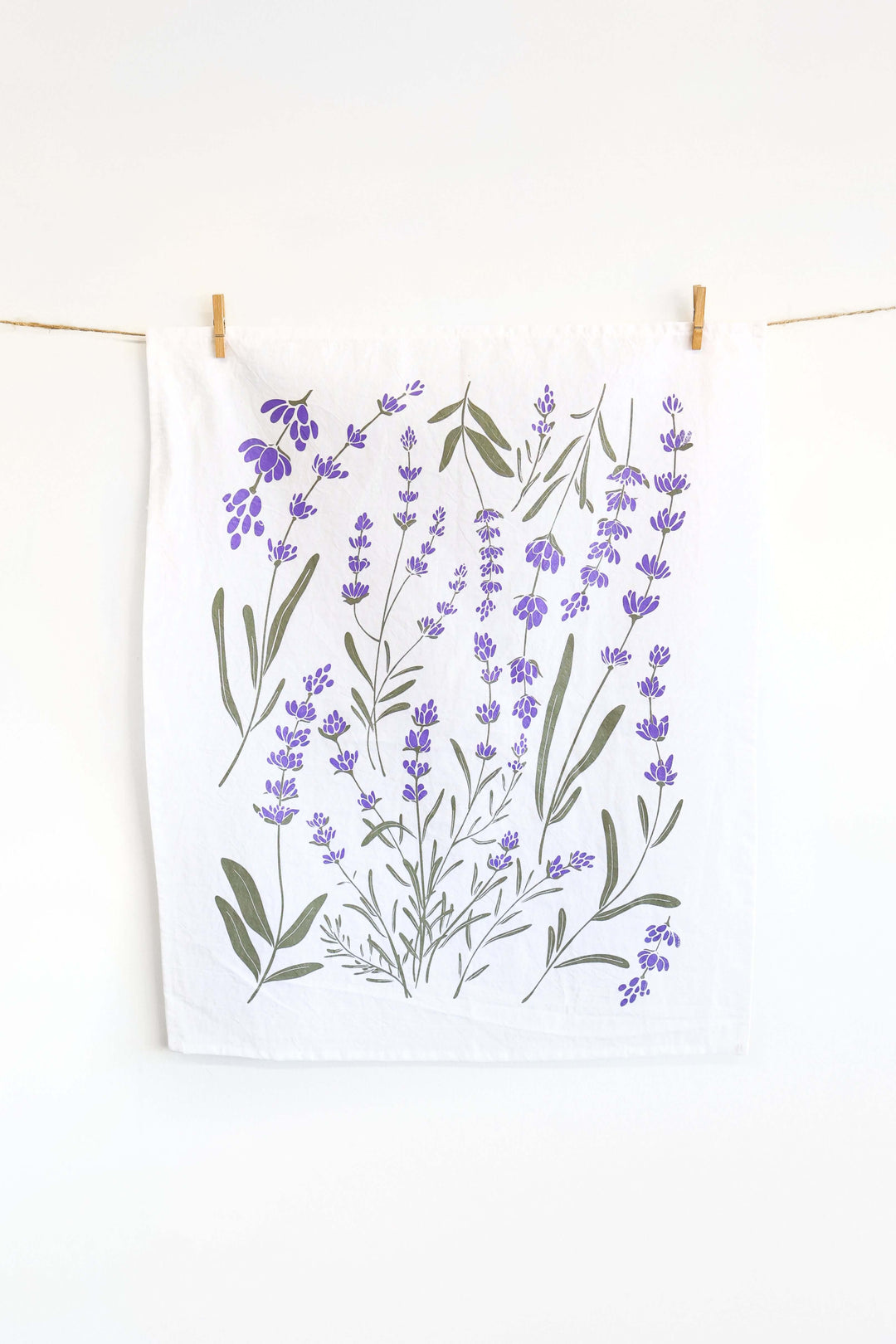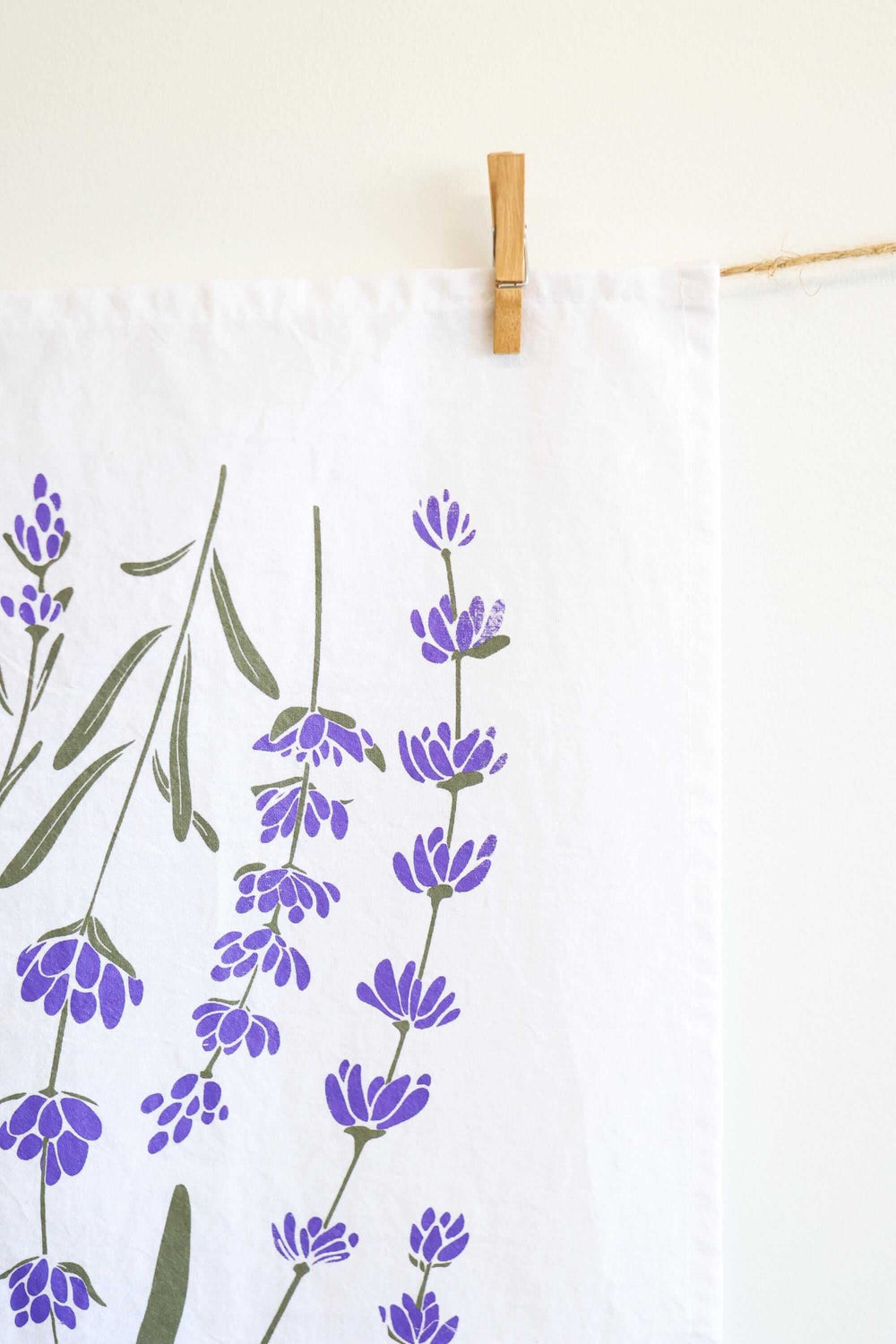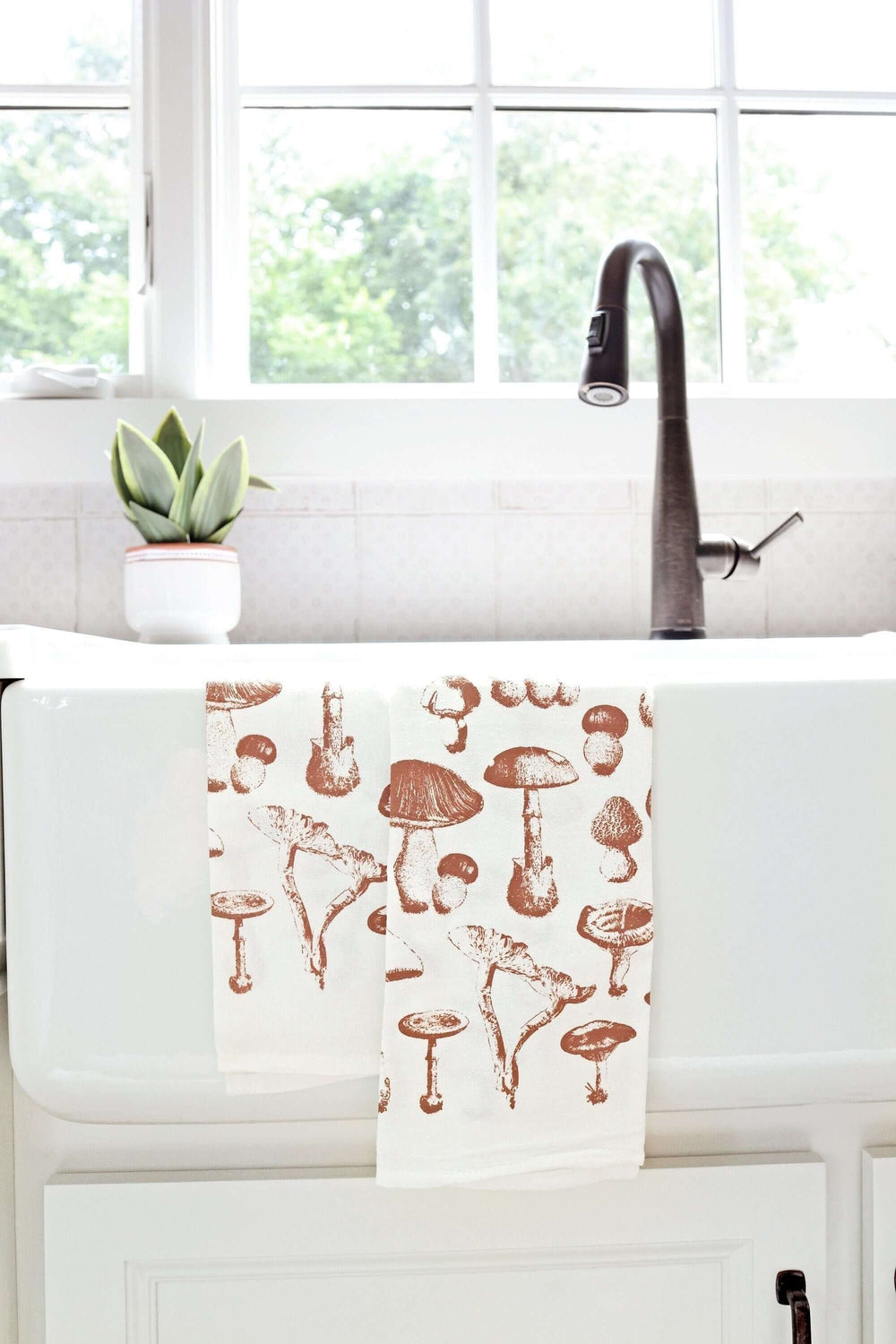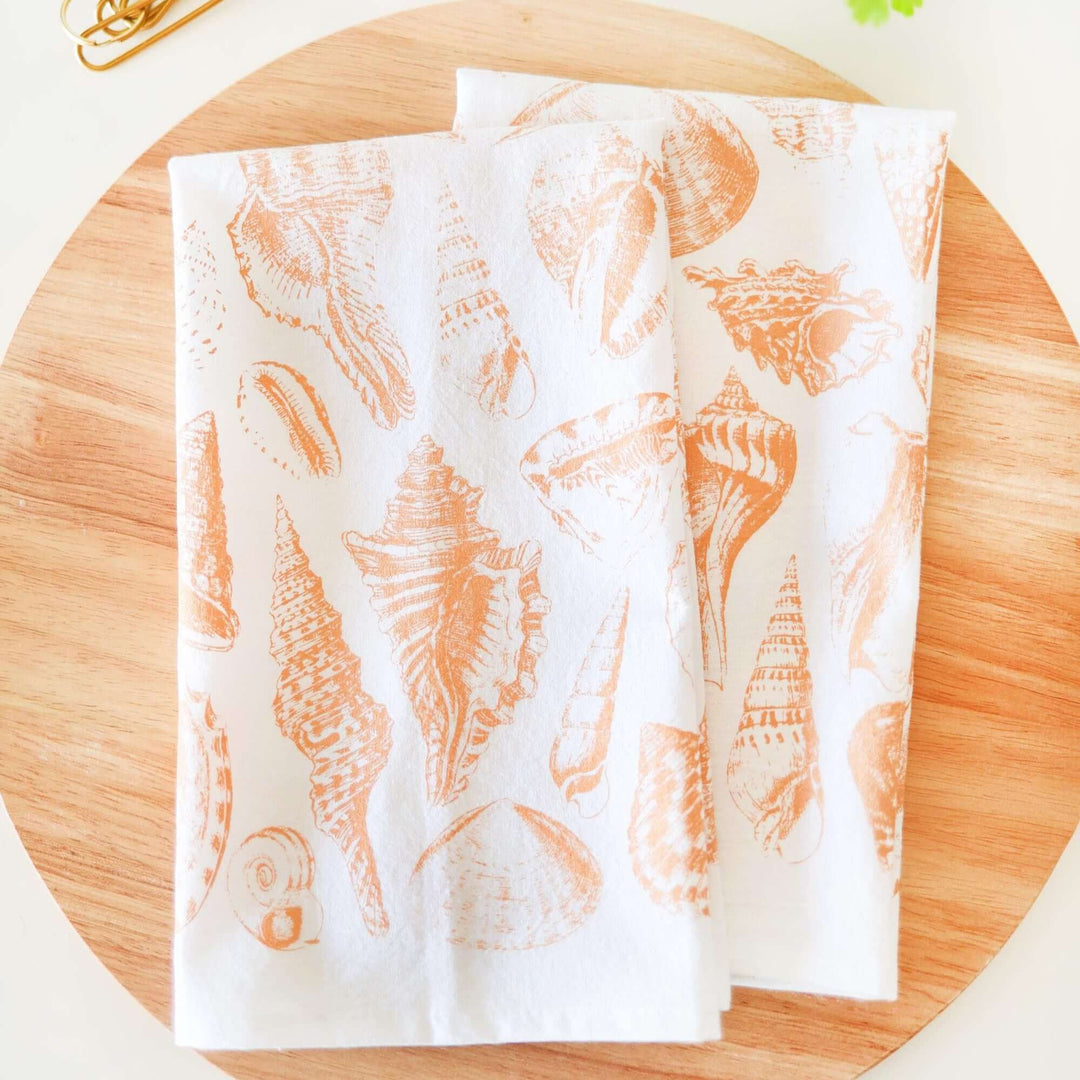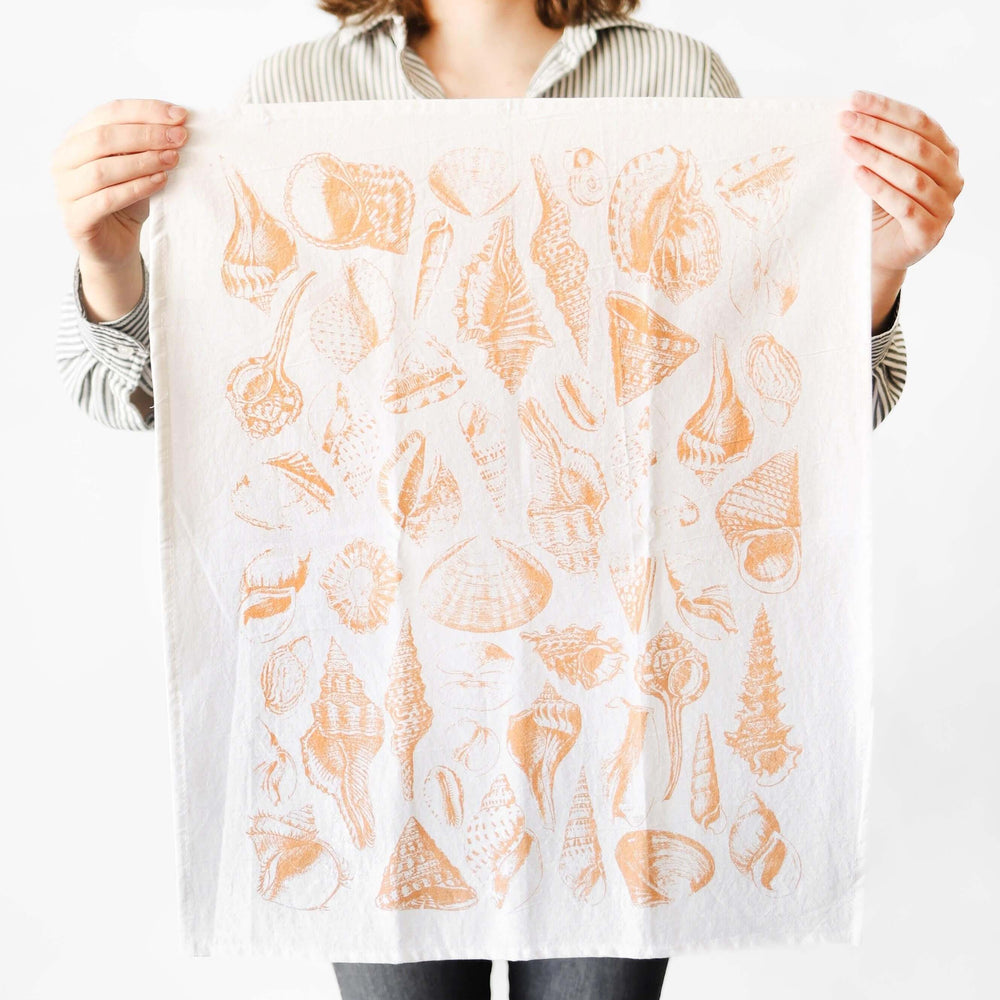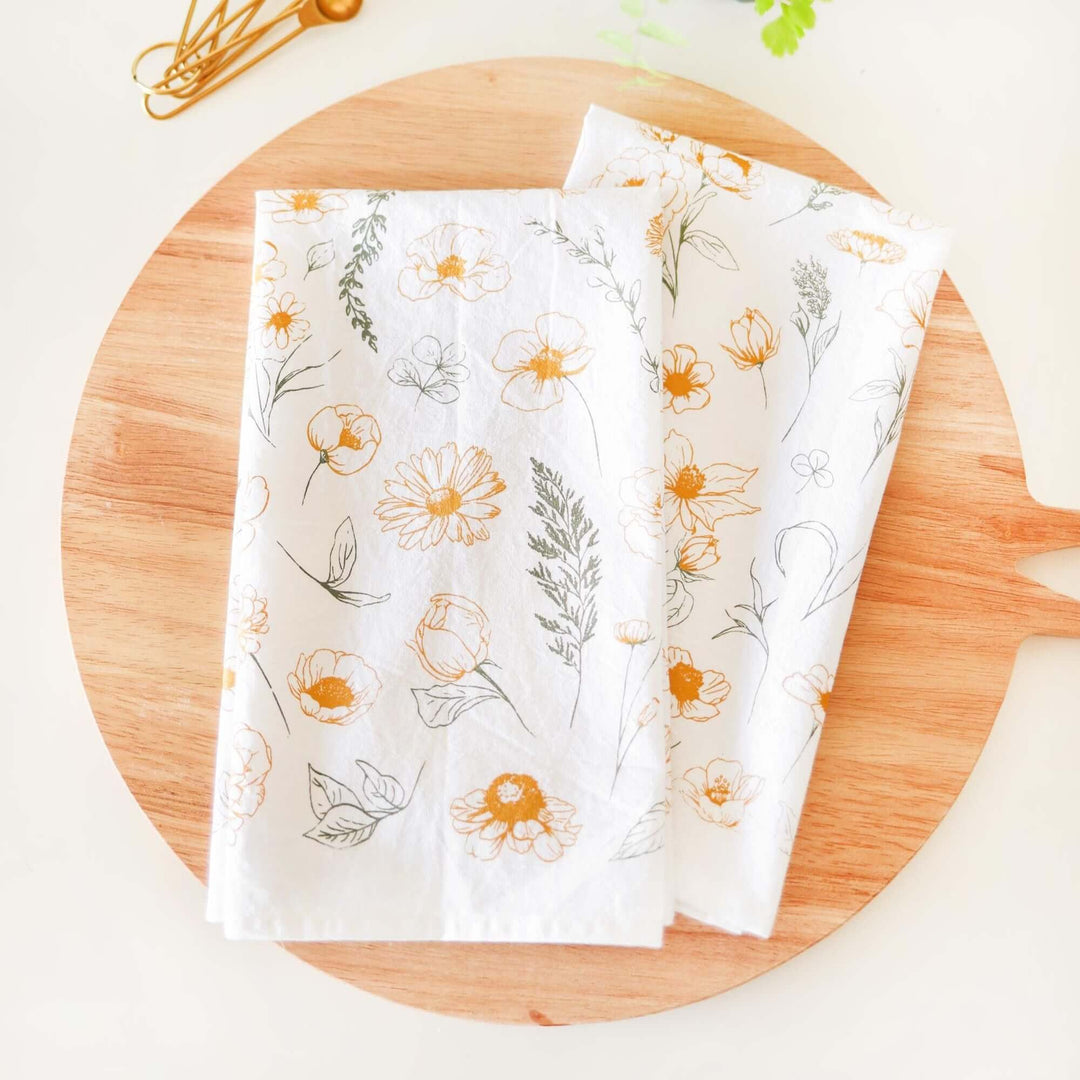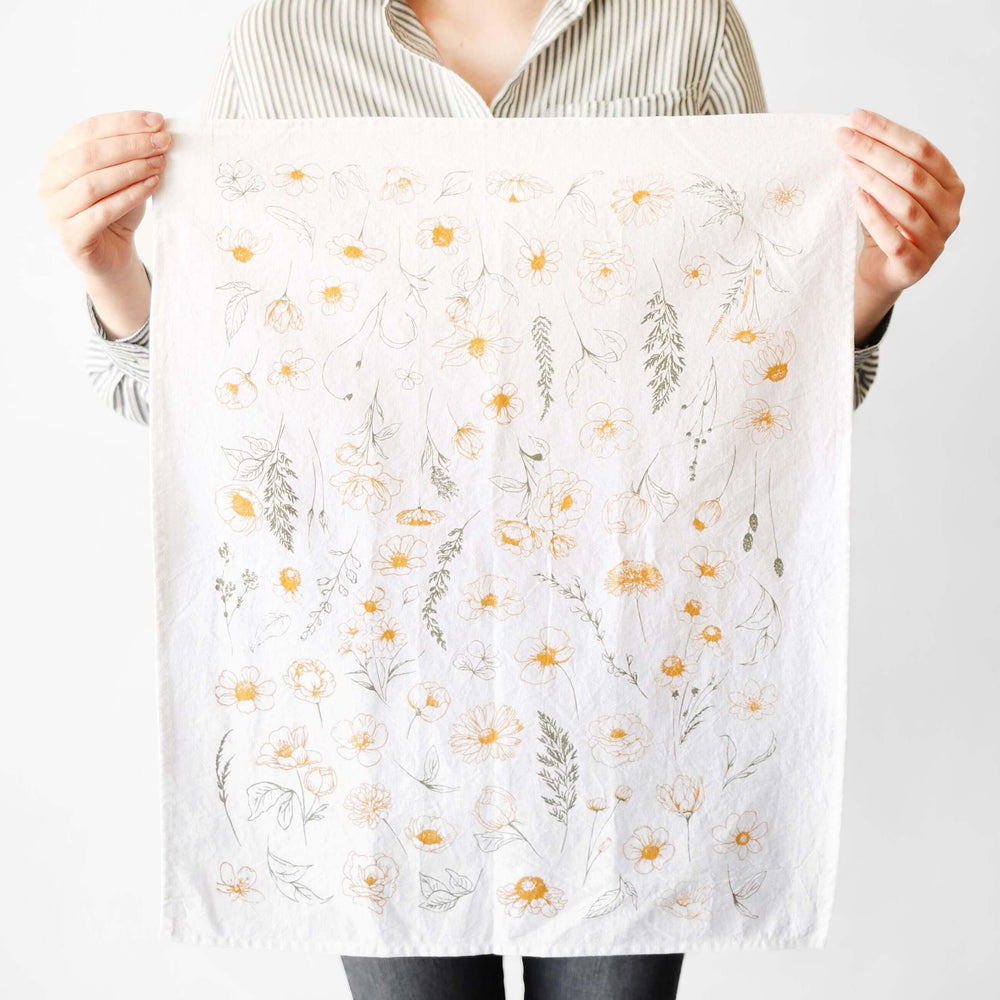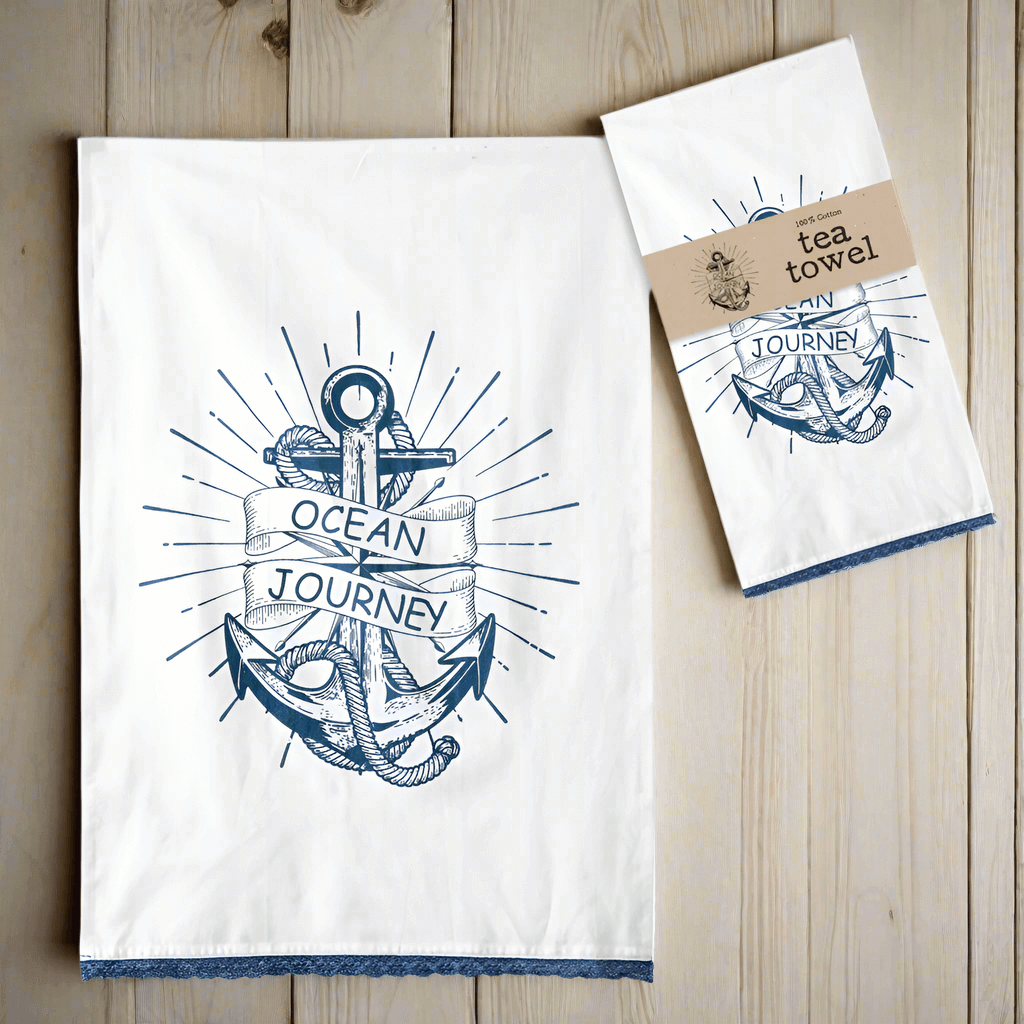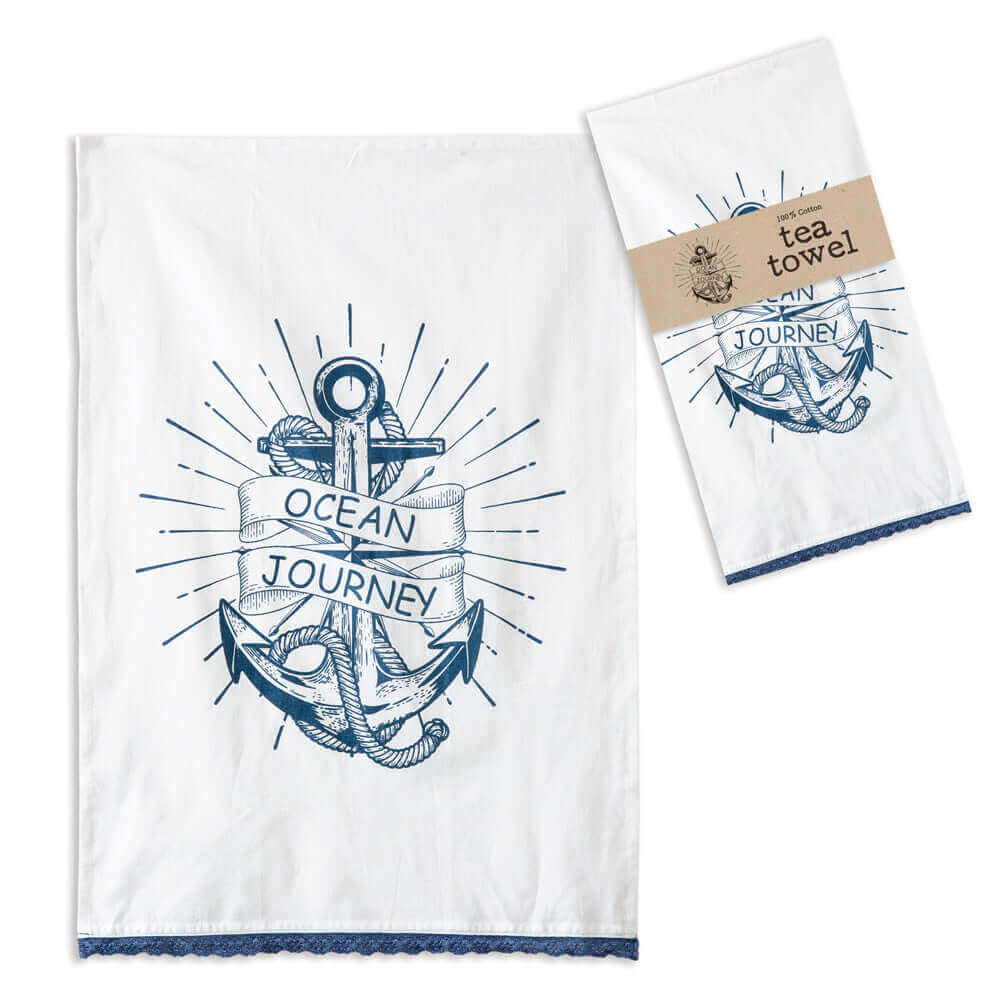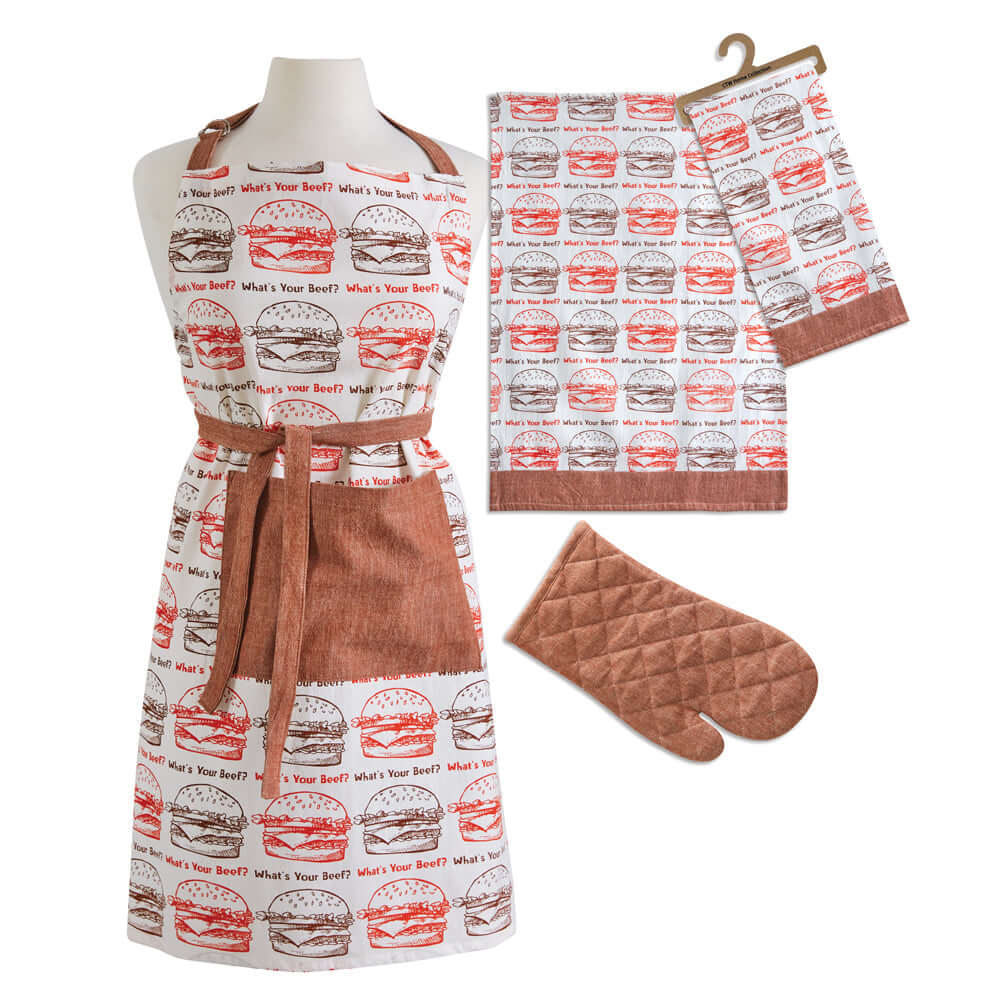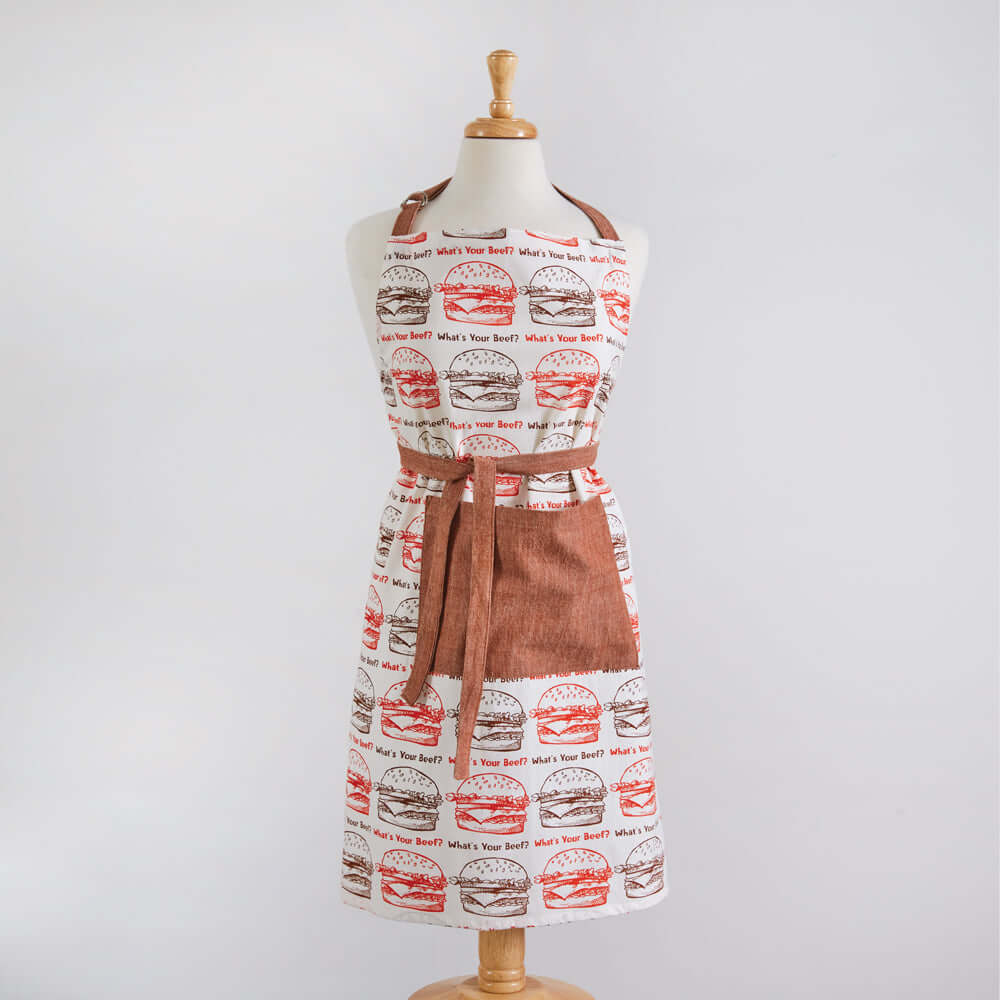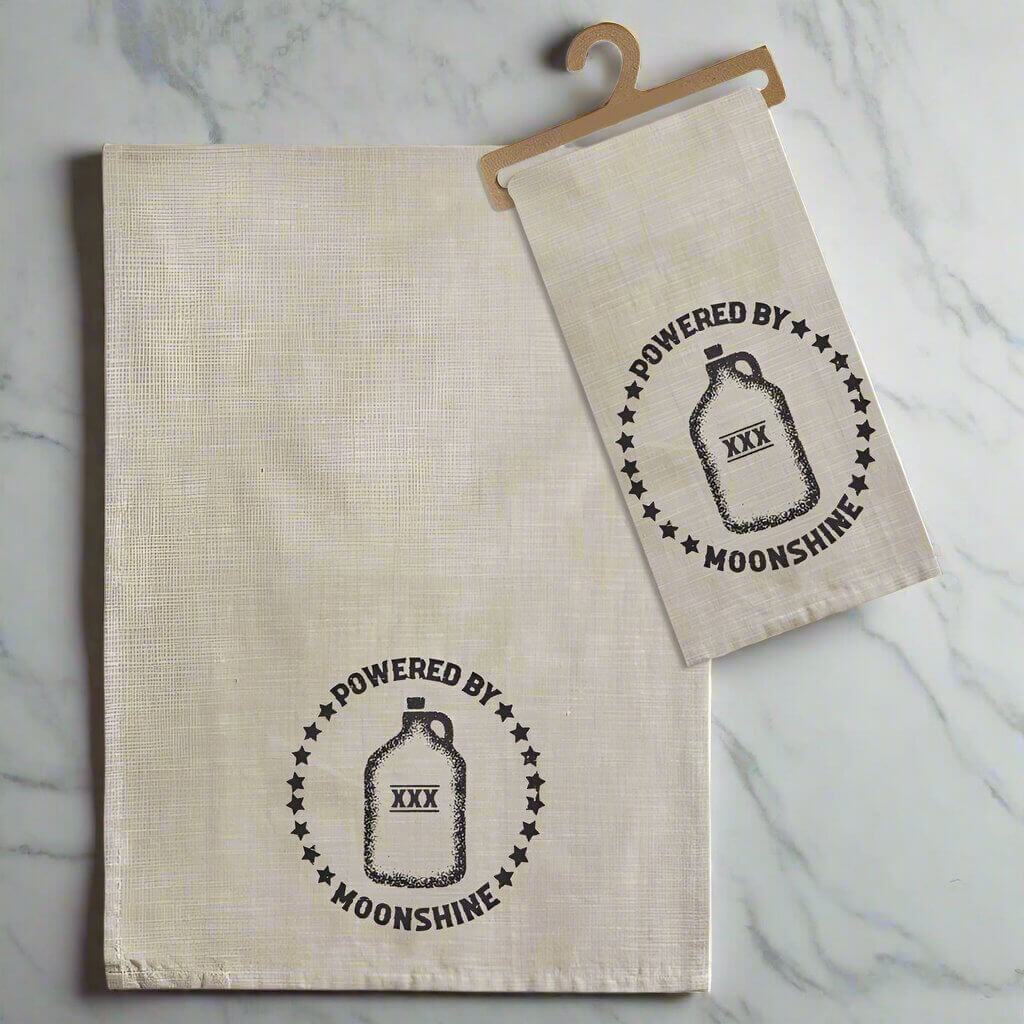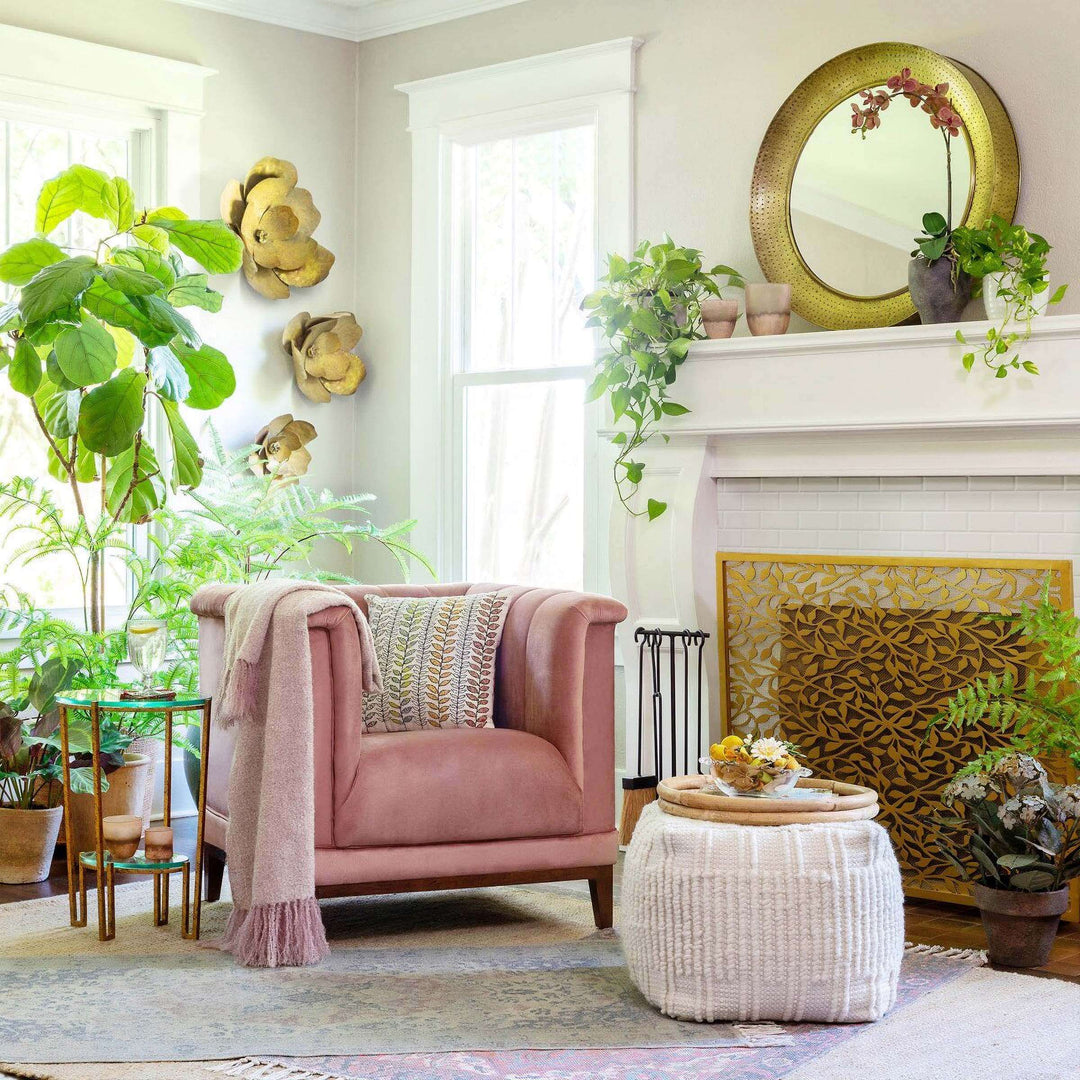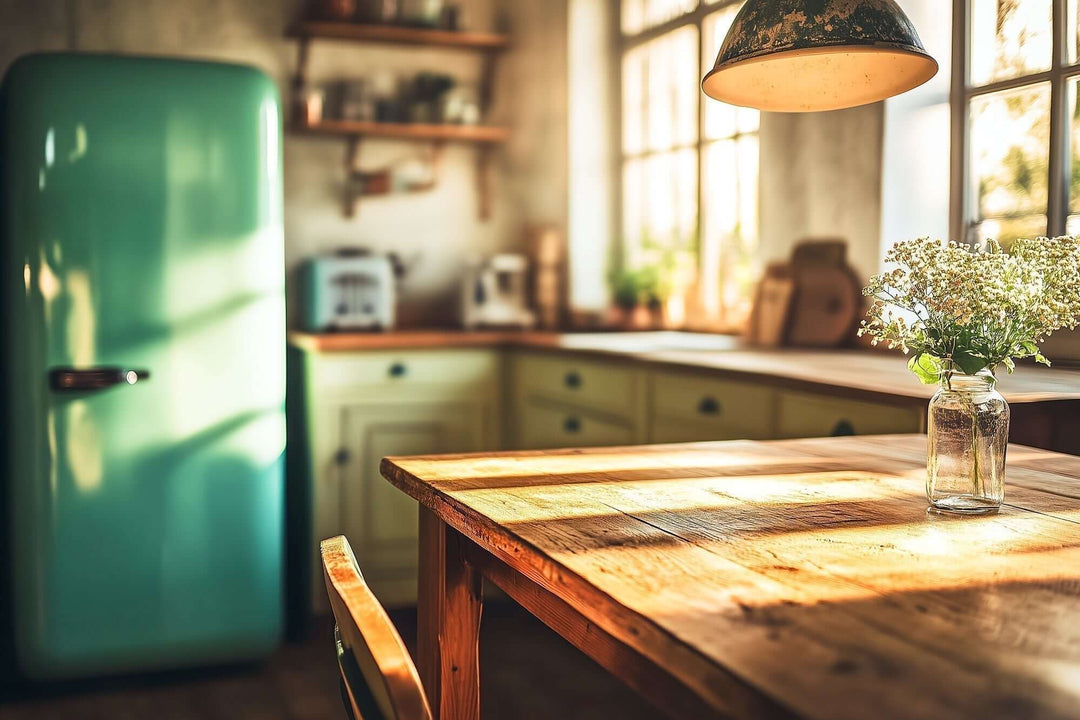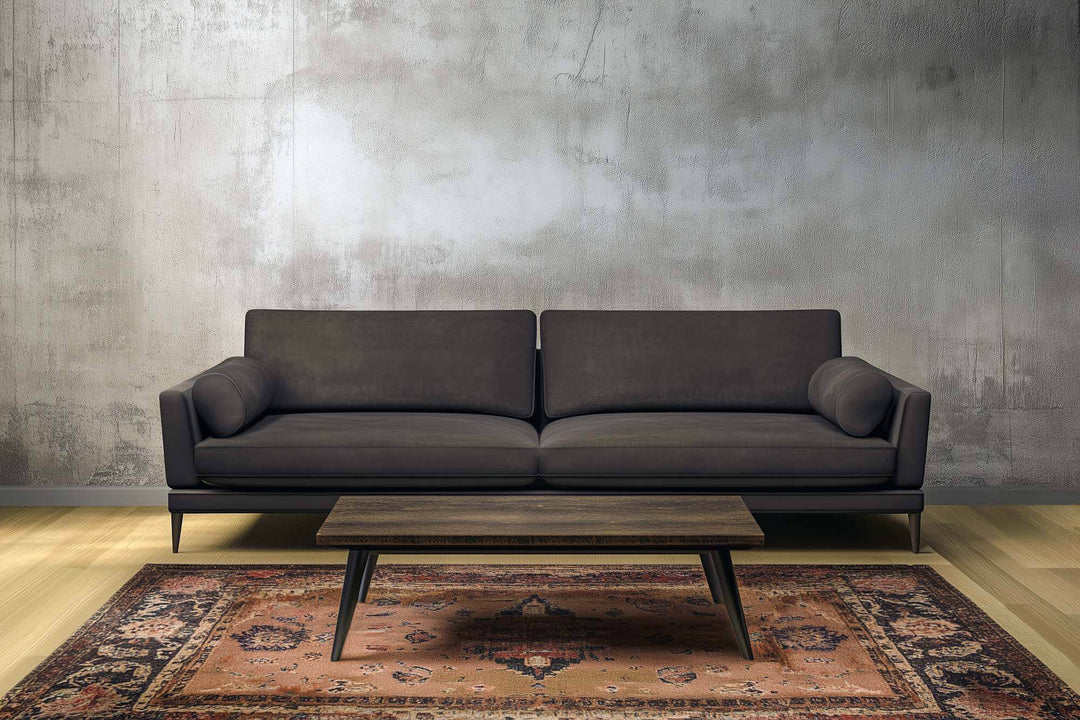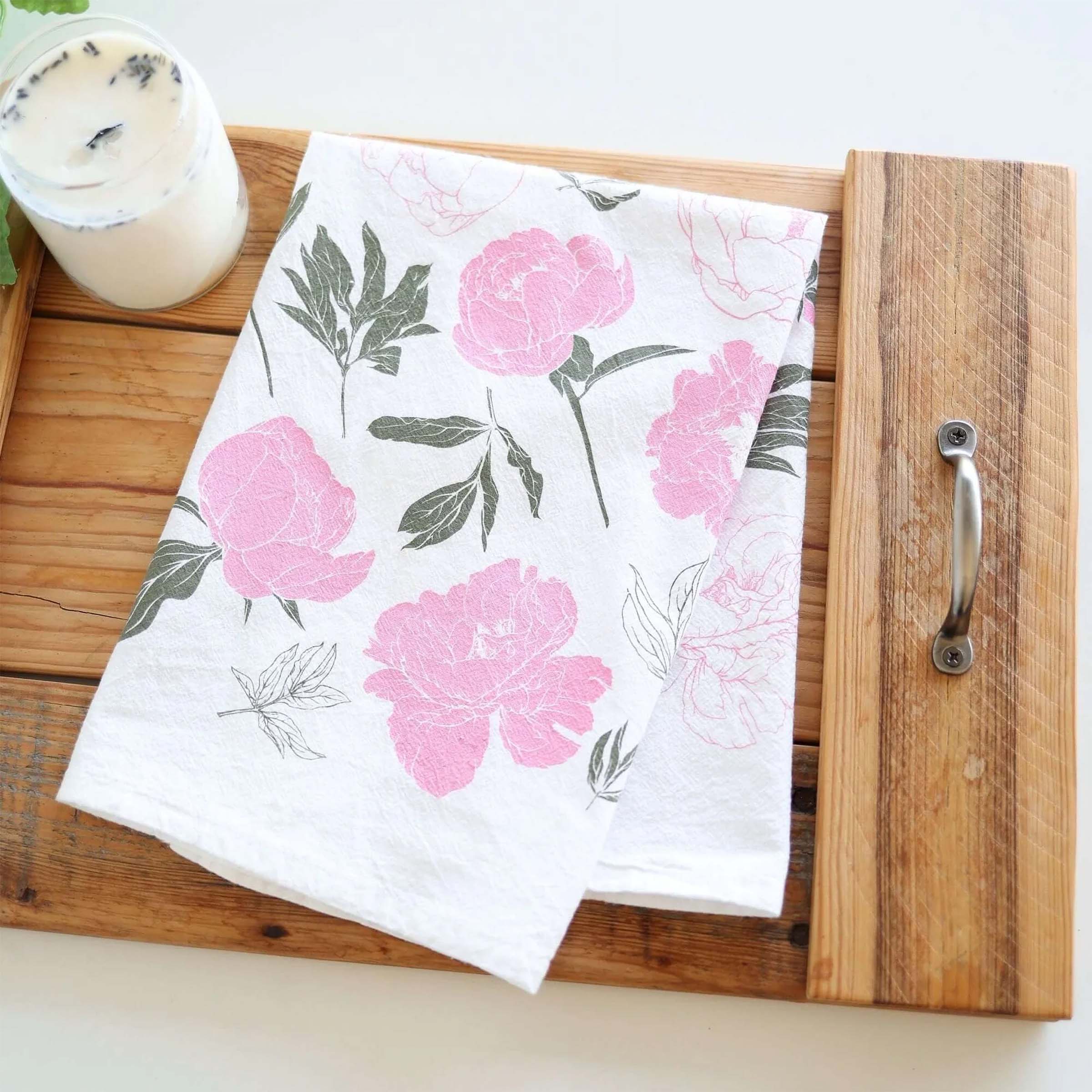
Vintage Tea Towels
Vintage Tea Towels – Timeless Kitchen Linens
Every beautiful vintage kitchen begins with texture. The patina of wood, the glow of copper, the hush of linen brushing a warm oven door—together they compose a room that feels collected rather than decorated. Within this symphony of materials, the tea towel is the quiet constant: a soft, storied textile that moves from task to tableau with effortless grace. Vintage-inspired tea towels anchor the atmosphere. They are the hand that dries the heirloom teacup, the linen that wraps warm bread, the patterned whisper that softens the line of a ceramic sink. They turn daily routines into rituals and make practicality feel poetic.
This collection celebrates vintage-inspired tea towels—newly crafted pieces that honor the motifs, fibers, and workmanship of earlier eras while offering the reliability required by modern life. They look like keepsakes and perform like essentials. In other words, they belong to the home that wants character without compromise.
A Brief History of the Tea Towel
The tea towel’s history is a study in refinement becoming routine. In 18th-century England, finely woven linen cloths were kept aside for delicate work: drying porcelain, polishing silver, lining trays for tea service. They were valued enough to be embroidered or hemstitched—soft flags of household pride. By the Victorian era, the tea towel’s role expanded from the drawing room to the kitchen, carrying with it the genteel habits of careful laundering, folding, and display.
The 20th century brought color. Mid-century designers embraced printed cottons—cheerful fruit, regional landmarks, kitchen conversions, jubilant holiday scenes—graphic reminders that domestic life could be joyful and modern. Souvenir tea towels appeared in suitcases and drawers across the world, documenting travels and seasons with ink and thread. Today’s vintage-inspired towels draw from all those chapters: the linen dignity of Georgian service cloths, the monograms and lace of Victorian needlework, the bold optimism of the 1950s print room. They are designed to be used, admired, and loved into a softer version of themselves.
What Defines a “Vintage Tea Towel” (Vintage-Inspired)
A tea towel earns the “vintage” descriptor not simply by age, but by aesthetic lineage. Vintage-inspired towels reference earlier eras through:
-
Material honesty: natural fibers with a lived-in hand.
-
Period motifs: ticking stripes, gingham checks, botanical engravings, pastoral scenes, café typography, mid-century geometrics.
-
Craft finishes: mitered corners, hemstitching, ladder-stitch borders, or delicate embroidery.
-
Muted palettes: cream, oatmeal, faded indigo, dusty sage, soft carmine, and tea-stained neutrals that suggest a life well laundered.
They are modern in durability, laundering ease, and availability—yet resonant with the feeling of “found” textiles. That balance—history in the pattern, practicality in the weave—is the essence of this collection.
Materials & Craftsmanship: The Anatomy of a Beautiful Tea Towel
Fibers and Weaves
Linen:
Flax linen is the grand classic for glassware and fine china. Long staple fibers yield strength and a subtle sheen. Linen dries quickly, resists lingering odors, and leaves glass spotless with minimal lint. Its personality improves with age: washing relaxes the fibers, enhancing suppleness and drape.
Cotton:
Soft, absorbent, and forgiving, cotton is the everyday workhorse. Flour-sack cotton—lightweight, soft-spun, and breathable—handles drying, proofing dough, and covering bowls. Twill and herringbone cottons add body and a tailored look. Waffle-weave cotton increases surface area for fast absorption while feeling plush against the hands.
Linen-Cotton Blends:
The best of both worlds: linen’s strength and luster with cotton’s softness and flexibility. Blends are a smart choice when you want heirloom character and daily reliability in one cloth.
Weight, Hand, and Finish
-
Weight (light, medium, heavy):
-
Light for glassware and delicate tasks.
-
Medium for universal drying, bread wrapping, and display.
-
Heavy for table service, basket lining, and as casual placemats.
-
-
Hand: A slightly crisp hand suggests higher linen content and excellent polishing ability; a buttery, pliable hand indicates cotton-rich comfort.
-
Edges: Mitered corners, narrow double-turn hems, or hemstitch borders demonstrate care in construction. Reinforced hanging loops add functionality without distracting from design.
Pattern Techniques
-
Yarn-dyed stripes and checks preserve color and pattern through wash after wash.
-
Screen prints and block prints deliver graphic personality—ideal for retro themes, seasonal motifs, or artisanal botanicals.
-
Embroidery adds relief and a tactile flourish; choose low-profile stitches for towels that will see regular laundering.
The Role of Tea Towels in Vintage Kitchen Décor
A finely chosen tea towel performs like a color swatch, a texture sample, and a tiny poster all at once. It can set the story for the room:
-
Soften hard surfaces: Drape a stripe over an oven handle or lay a floral towel over a stone pastry board to bring warmth to cool materials.
-
Bridge eras: A mid-century print towel can harmonize a vintage toaster with modern cabinetry. A French stripe can introduce Old-World calm to contemporary quartz.
-
Layer graciously: Stacked towels on an open shelf provide an instant palette—cream, indigo, sage—that guides canisters, ceramics, and serveware choices.
-
Create movement: A towel is the moving textile of the kitchen. Its placement changes from morning to evening, carrying the day’s rhythm and reinforcing the lived-in charm that defines vintage style.
Styling by Décor Theme
Farmhouse & Country
Farmhouse style favors unpretentious beauty: grainy woods, ironstone jugs, honest metal. Choose gingham checks, red or blue ticking, embroidered roosters, and grain-sack stripes. Pair with enamel bread boxes, mason jars, cast-iron skillets, and apothecary shelves. Let towels soften the utilitarian edges—a cream-and-russet stripe looped over a hook near a pine breadboard invites touch and use.
Palette guide: buttermilk, wheat, barn red, denim blue, moss.
Motifs: wheat sheaves, kitchen script, seed catalogs, farm animals, hand-stitched monograms.
French Country & Provincial
Think ivory and linen, faded indigo, slate gray, and pale straw. Look for woven stripes, monograms, hemstitch borders, and subtle botanical prints, which are ideal for French Country kitchens.. Hang towels from patinated brass rails or wrought iron hooks near copper pots for a tableau that feels effortless and centuries-learned.
Palette guide: cream, dove, flax, blue-gray, olive.
Motifs: lavender sprigs, olive branches, laurel wreaths, café typography, provincial stripes.
Cottagecore & Romantic Rustic
Cottagecore revels in gentleness: hand-drawn florals, crochet trims, soft pastels, tea-stained neutrals. Fold a floral towel over a wicker tray, line a pie-cooling rack with lace-edged linen, and let the kitchen tell its story through tiny poetic gestures.
Palette guide: blush, butter, leaf, sky, oat.
Motifs: violets, roses, wild berries, lace borders, tiny scattered blooms.
Retro & Mid-Century
A cheerful counterpoint to rustic romance, retro style embraces bold prints, geometric shapes, kitchen icons, and playful typography. Match candy-colored towels to chrome accents and mint or sunshine enamelware. A strong graphic towel can act like artwork on the oven door.
Palette guide: aqua, tomato, mustard, jade, black.
Motifs: starbursts, atomic shapes, fruit icons, diner signage, recipe charts.
How to Choose the Perfect Vintage Tea Towel (Buying Guide)
1) Start with purpose.
-
Display-first: Choose linen, monogrammed edges, yarn-dyed stripes—timeless and gallery-worthy.
-
Work-first: Opt for cotton or linen-cotton, mid-weight or waffle-weave for absorption and quick drying.
2) Match motif to kitchen architecture.
-
Shaker cabinets love stripes and checks.
-
Curved European ranges suit French monograms and botanical prints.
-
Streamlined flat-front cabinetry pairs well with mid-century geometry.
3) Balance pattern scale.
If your backsplash is busy (mosaic, zellige, patterned tile), keep towels quieter: thin ticking, micro-checks, small florals. If surfaces are minimal, invite bolder graphics or seasonal illustrations.
4) Consider size and quantity.
-
A versatile size around 18"×28" works for most tasks and displays gracefully.
-
Keep a trio: one on display, one in use, one folded on standby. This rotation keeps the vignette fresh while maintaining function.
5) Coordinate metals and woods.
Warm brass and copper harmonize with cream, oatmeal, and red/blue ticking; polished nickel and chrome partner with indigo, black, and crisp white. Honey or pine woods lean into farmhouse palettes; walnut and oak look tailored with French stripes and slate accents.
6) Embrace a signature color.
Choose a single repeating hue—say, a faded indigo stripe—and let it echo across canisters, cookbook spines, and a stool cushion. Tea towels become the thread that stitches the room together.
Practical Beauty: Everyday Uses
-
Drying & polishing: Linen excels at glass, crystal, and glazed ceramics where lint is unwelcome.
-
Bread & pastry: Wrap loaves to keep crusts tender; cover dough bowls with breathable cotton to encourage an even rise.
-
Basket lining: Transform utilitarian baskets into display pieces for fruit, utensils, or napkins.
-
Casual table service: Two generously sized towels cross-laid make a relaxed runner; smaller towels serve as oversize napkins.
-
Tray dressing: A towel under a tea tray secures cups, protects finishes, and adds a hint of ceremony.
-
Gentle protection: Cushion a vintage cake stand in storage or pad shelves where ceramics rest.
-
Artful framing: Graphic souvenir or botanical towels frame beautifully; a quartet creates a low-cost gallery wall in a breakfast nook.
-
Sustainable gift wrap: Wrap a jar of jam or a cookbook with twine; the towel becomes part of the present.
Collecting & Displaying Vintage Tea Towels
Collect by narrative:
-
Era: mid-century souvenir graphics, Victorian monograms, 1930s flour-sack florals.
-
Place: French cafés, British seaside towns, American farm stands.
-
Theme: herbs, birds, baking, coffee & tea rituals, seasonal holidays.
Display with care and rotation:
-
Rails & pegs: Stagger heights for visual rhythm.
-
Shadow boxes: For embroidered or delicate pieces, mount over linen-covered board using archival corners.
-
Changing seasons: Rotate palettes—pastels for spring, nautical blues for summer, wheat and russet for autumn, holly and ribbon red for winter. Rotation extends longevity and keeps the kitchen storytelling fresh.
Preservation notes:
Avoid direct sunlight to prevent fading; ensure towels are completely dry before storage; interleave with acid-free tissue if kept long-term.
Vintage Tea Towels as Meaningful Gifts
A tea towel gift reads as personal—chosen for motif, color, and memory. It’s perfectly sized for posting, effortless to wrap, and useful without obligation. For memorable gifting:
-
Housewarming: Pair a French stripe towel with a wooden spoon and sea salt in a small crock.
-
Baker’s bundle: Flour-sack towels with a rolling pin, parchment sheets, and a favorite family recipe handwritten on a card.
-
Tea lover’s set: Botanical towel, honey dipper, and a tin of Earl Grey; add a vintage-inspired teacup for romance.
-
Holiday hostess: Embroidered seasonal towel with mulling spices and ribboned cinnamon sticks.
-
Wedding keepsake: Monogrammed linen towel tied around a bottle of olive oil—graceful and enduring.
A well-chosen towel becomes part of the recipient’s daily rhythm, a souvenir of the giver in every use.
Seasonal & Holiday Styling
Spring & Easter
Bring in life: primrose, fern, lily-of-the-valley motifs; gentle checks in butter and sky. Roll towels in a willow basket beside fresh eggs, or layer one beneath a vase of garden stems on the windowsill.
Summer
Breezy linens in indigo and sail white; coastal stripes, citrus prints, picnic plaids. Line a tray for lemonade glasses, fold one over a wicker hamper, and let the kitchen feel open and sunlit.
Autumn & Thanksgiving
Harvest tones—wheat, russet, clove—with plaids and grain-sack stripes. Tuck a towel beneath a pie server on the counter; layer one over a breadboard near a crock of wooden spoons to emphasize warmth.
Winter & Christmas
Holly sprigs, Nordic knits, red stripe on cream, midnight blue with snowflake embroidery. Drape a towel over a cocoa station tray; place another beneath a cluster of taper candles in brass holders for nostalgic glow.
New Year & Midwinter Calm
Paring back after the holidays? Choose flax, dove, and slate linen with fine stripes—quiet, orderly, and renewing.
Care & Keeping: Make Vintage-Inspired Linens Last
Washing
-
Use cool to warm water with a gentle detergent.
-
Skip fabric softener on linen; it can coat fibers. A splash of white vinegar in the rinse maintains softness.
-
Separate dark prints from pale towels for the first few washes.
Drying
-
Air-dry flat or over a rack for longevity; tumble on low and remove promptly for softness with minimal wrinkles.
-
Smooth hems and hang to finish—natural fibers respond beautifully to gentle reshaping.
Stains
-
Treat promptly. For food stains, flush with cool water first; for oils, apply a dab of mild dish soap before washing.
-
Avoid harsh bleaches; oxygen-based brighteners are safer for fibers and prints.
-
Sunlight can lift some stains naturally—brief, monitored exposure only.
Storage
-
Fully dry before folding.
-
Store in a ventilated cabinet; avoid plastic bins which trap humidity.
-
If long-term storing heirloom-quality pieces, interleave with acid-free tissue.
Rotation
Keep a small rotation to spread wear. Towels age beautifully when used thoughtfully—softening, relaxing, and developing that coveted lived-in hand.
Sustainability & the Modern Vintage Revival
Choosing quality tea towels is a gentle protest against disposability. Natural fibers wear in rather than wear out, and a single well-made towel replaces endless paper alternatives. Vintage-inspired design also extends the life of style—patterns that honored craft generations ago still bring comfort and beauty today.
-
Renewable materials: Linen (from flax) and cotton are biodegradable when unblended and undyed with synthetics.
-
Longevity over landfill: Durable hems, yarn-dyed stripes, and substantial weaves outlast trend-led textiles.
-
Repair culture: A loose hem can be re-stitched; a faint stain becomes patina in a farmhouse kitchen.
-
Mindful consumption: Curating a small, beautiful set of towels reduces clutter while elevating the kitchen’s daily rituals.
Sustainability here is not a slogan; it’s the quiet confidence of textiles that serve year after year, gaining meaning with each season.
Advanced Styling: Designer-Level Tricks That Elevate
-
Rule of three: Group towels in threes—one patterned, one stripe, one solid—to balance variety and calm.
-
Echo the backsplash: If the tile has a subtle green vein, choose a towel with a matching leaf motif to knit surfaces together.
-
Play with direction: Hang one towel lengthwise, fold one narrow and short, and drape one casually over a board to create visual tempo.
-
Contrast scale: Pair tiny dressmaker stripes with larger gingham checks for a layered but coordinated look.
-
Quiet the corners: Place a folded towel in a visually busy corner to add a moment of rest.
-
Color punctuation: Use a single vivid accent (tomato red, cornflower blue) among neutrals to spark the eye without clutter.
Room-by-Room: Beyond the Kitchen
Pantry:
Stack a trio of towels beside jars of dried goods; assign one to produce, one to bread, one to quick wipe-ups. Label with petite tags for charming order.
Breakfast Nook:
Frame a printed towel as art, or drape a floral towel over a café chair back for morning light to catch.
Dining Room:
Use a heavy linen towel as a slender runner for weeknight meals; pair with simple candles and a bowl of pears.
Utility & Laundry:
Hang striped towels on shaker pegs—practical, pretty, and always at hand for polishing or protecting surfaces.
Garden Room or Porch:
Keep flour-sack towels near the potting bench for hands and tools; a botanical motif repeats the greenery beyond the glass.
Troubleshooting Common Decor Challenges
-
“My kitchen is small and modern—will vintage towels feel out of place?”
Choose slender French stripes or micro-checks in cool neutrals; use chrome hooks. The towels become a refined accent rather than a rustic statement. -
“I love pattern, but the room already has busy tile.”
Switch to tone-on-tone textures—herringbone or subtle dobby weaves—so you get movement without visual noise. -
“Open shelving looks messy.”
Fold towels to unify color and stack in alternating stripe/solid pattern. The rhythm reads as intentional styling. -
“I’m worried about stains.”
Assign roles: a display towel and everyday towels. Keep baking-soda paste and mild dish soap on hand; treat promptly and most marks will lift. -
“I rent and can’t change anything major.”
Towels, a small rug, and a wooden board introduce warmth instantly—and pack up gracefully when it’s time to move.
Curating Your Capsule: The Five-Towel Wardrobe
-
Linen Stripe (display & glassware): cream with indigo or slate stripe.
-
Flour-Sack Cotton (daily work): soft white for absorbency and airy drape.
-
Seasonal Print (story & celebration): botanical for spring/summer; plaid or holly for autumn/winter.
-
Retro Graphic (personality): a diner script or mid-century fruit motif to lift the mood.
-
Textured Neutral (grounding): waffle or herringbone in oatmeal to harmonize the set.
This capsule ensures you’re covered for the everyday and the extraordinary.
The Enduring Allure
A kitchen is the first room to greet the morning and the last to settle at night. It needs textiles that meet the day’s demands with grace—absorbent in the rush, beautiful in the quiet. Vintage-inspired tea towels satisfy both, sliding seamlessly from service to still life. They are the touchpoint between hand and home, a reminder that domestic life is an art best practiced daily.
Each towel in this collection honors tradition without pretending to be antique. They are made to be used, admired, laundered, and used again—gathering softness, story, and belonging along the way. In a world that moves quickly, they invite a slower glance: the neat hem, the familiar stripe, the print that recalls a grandmother’s kitchen or a seaside holiday. That is the essence of vintage style—nostalgia, yes, but also the pleasure of living beautifully in the present.




